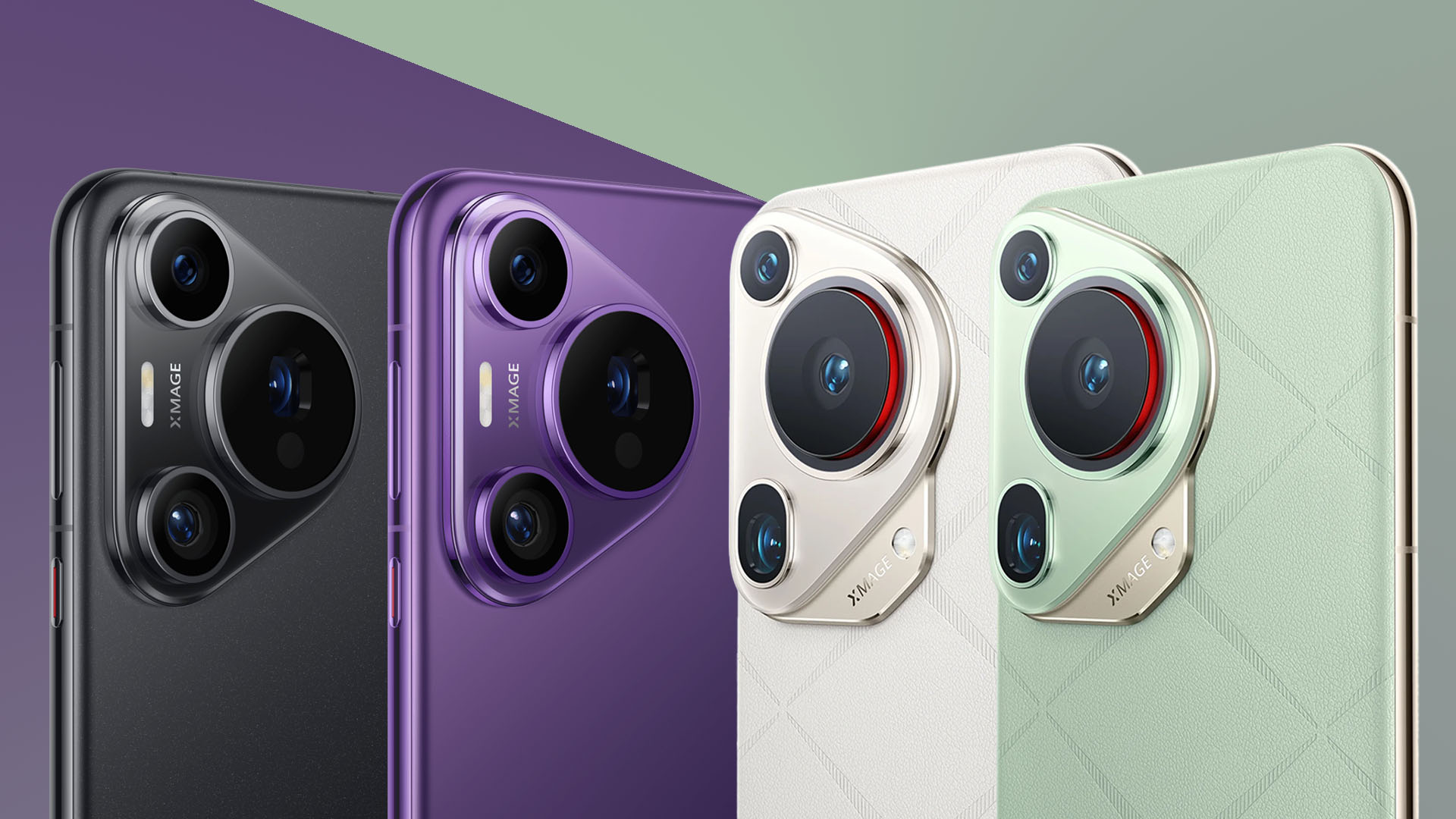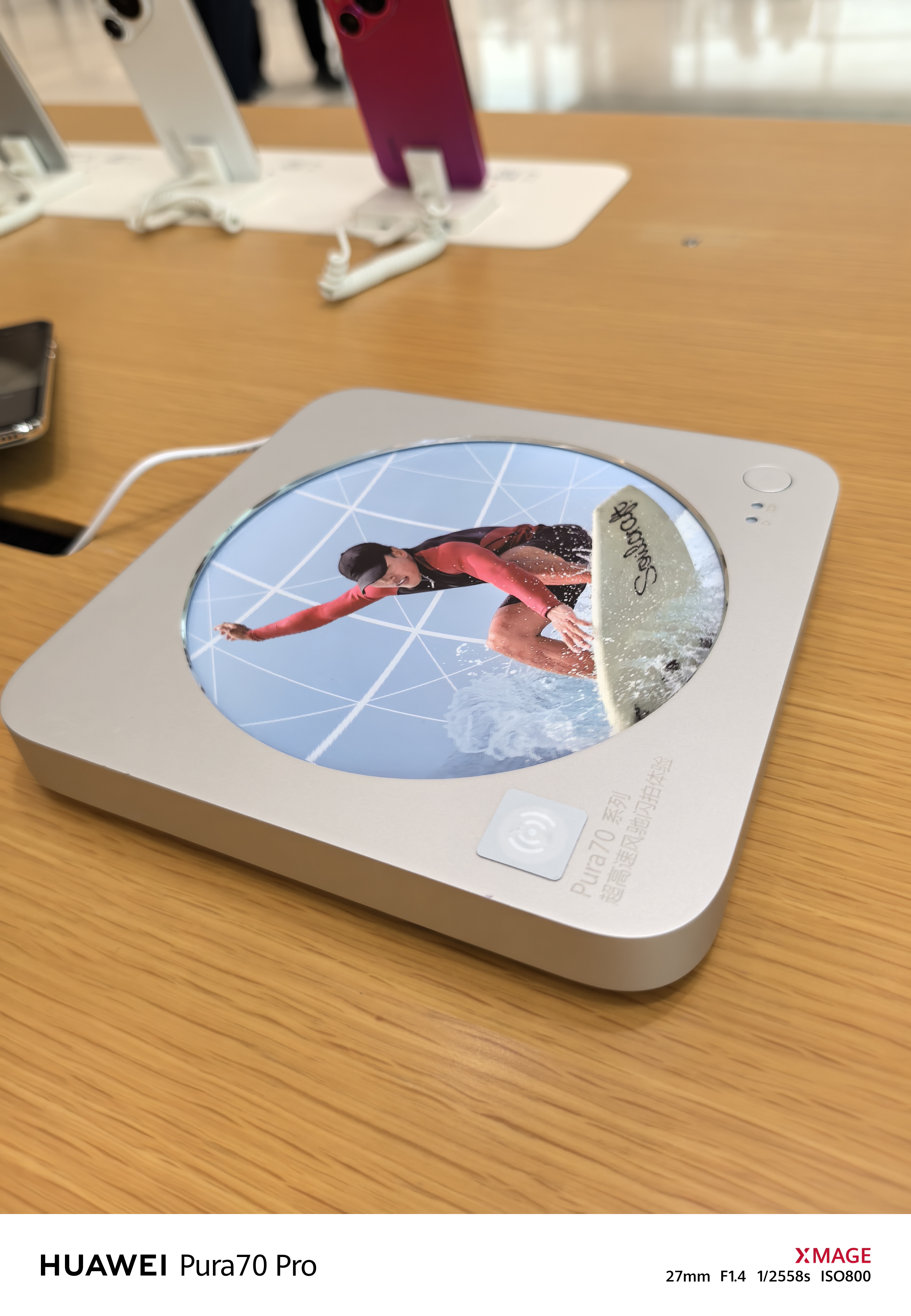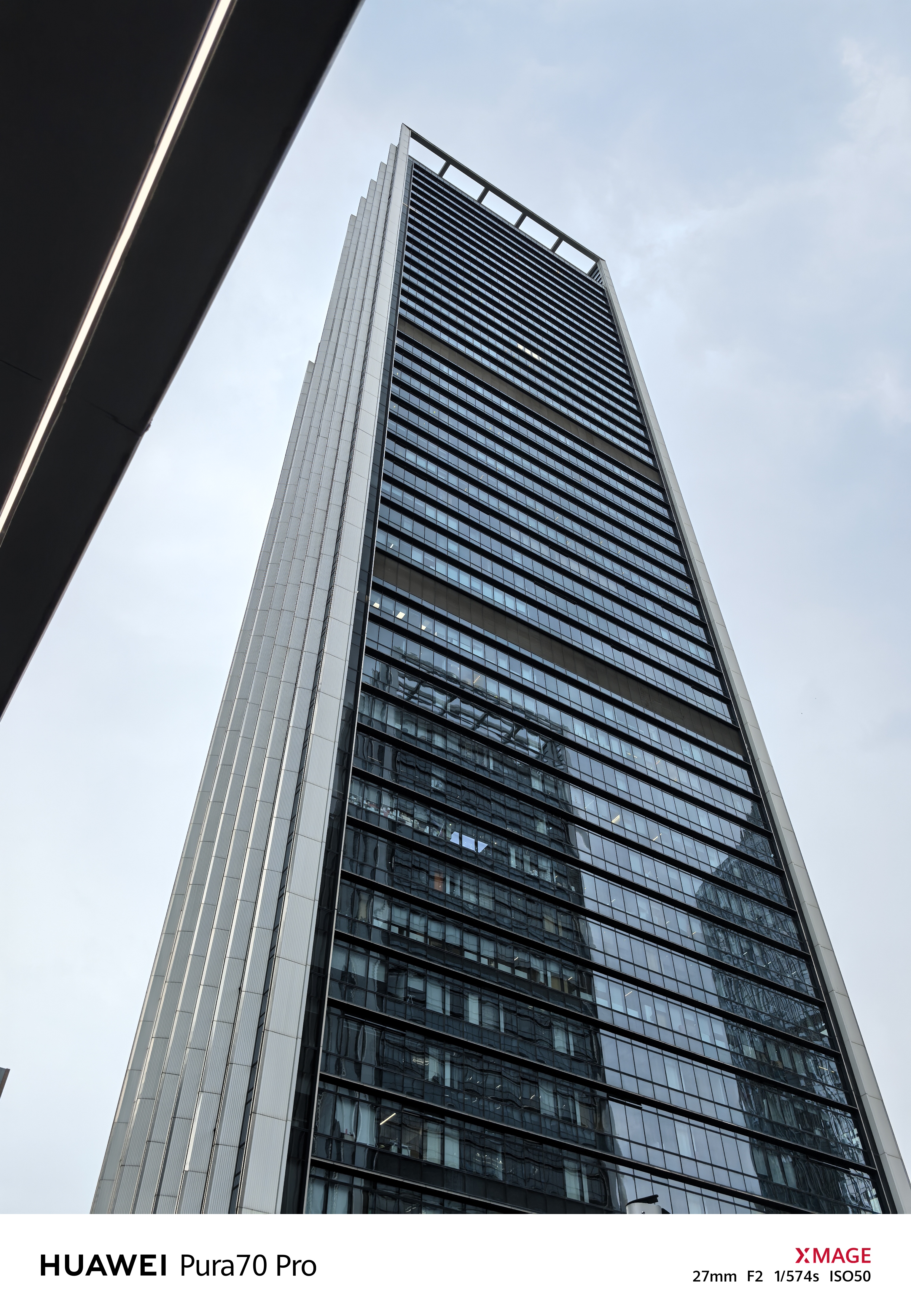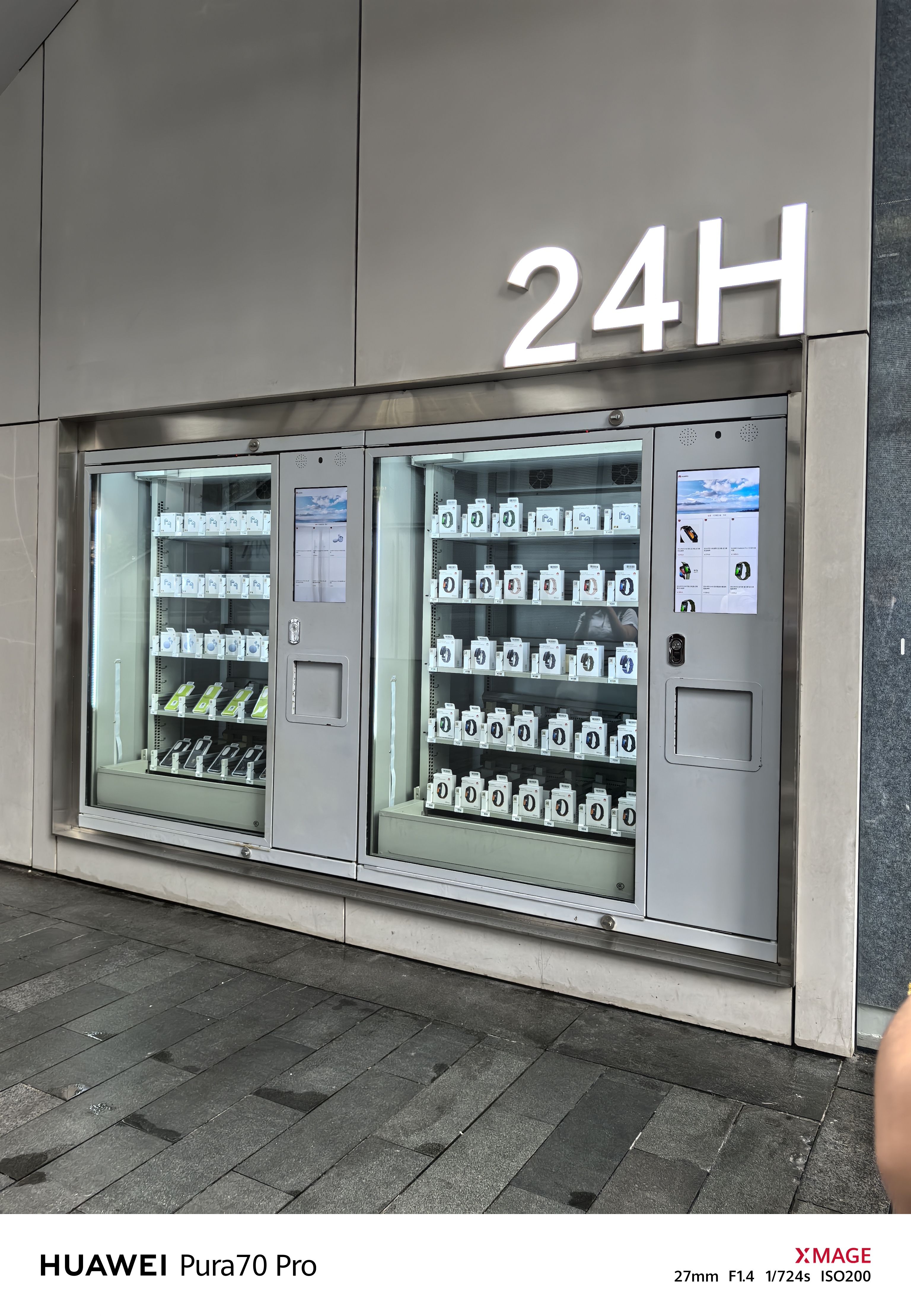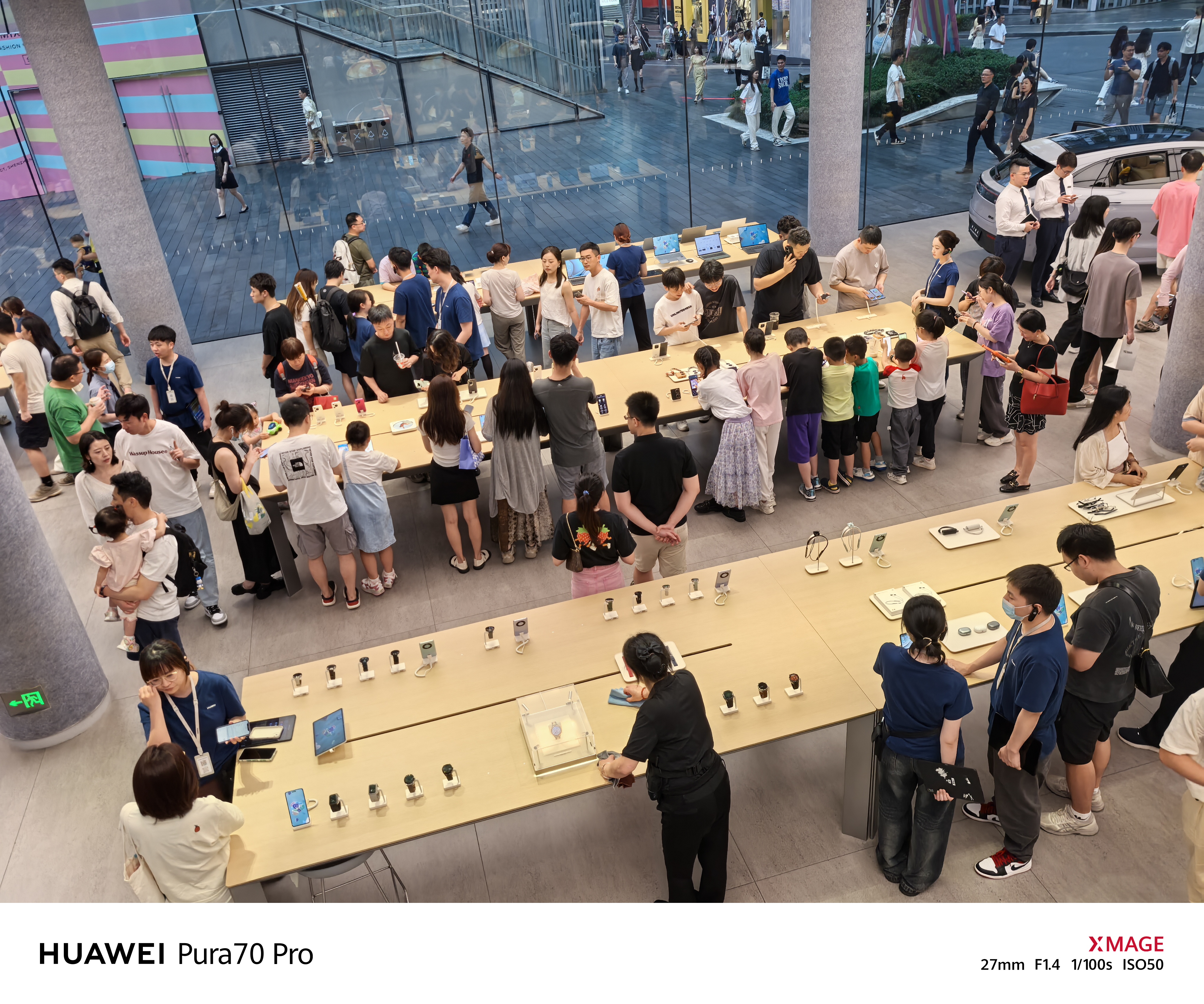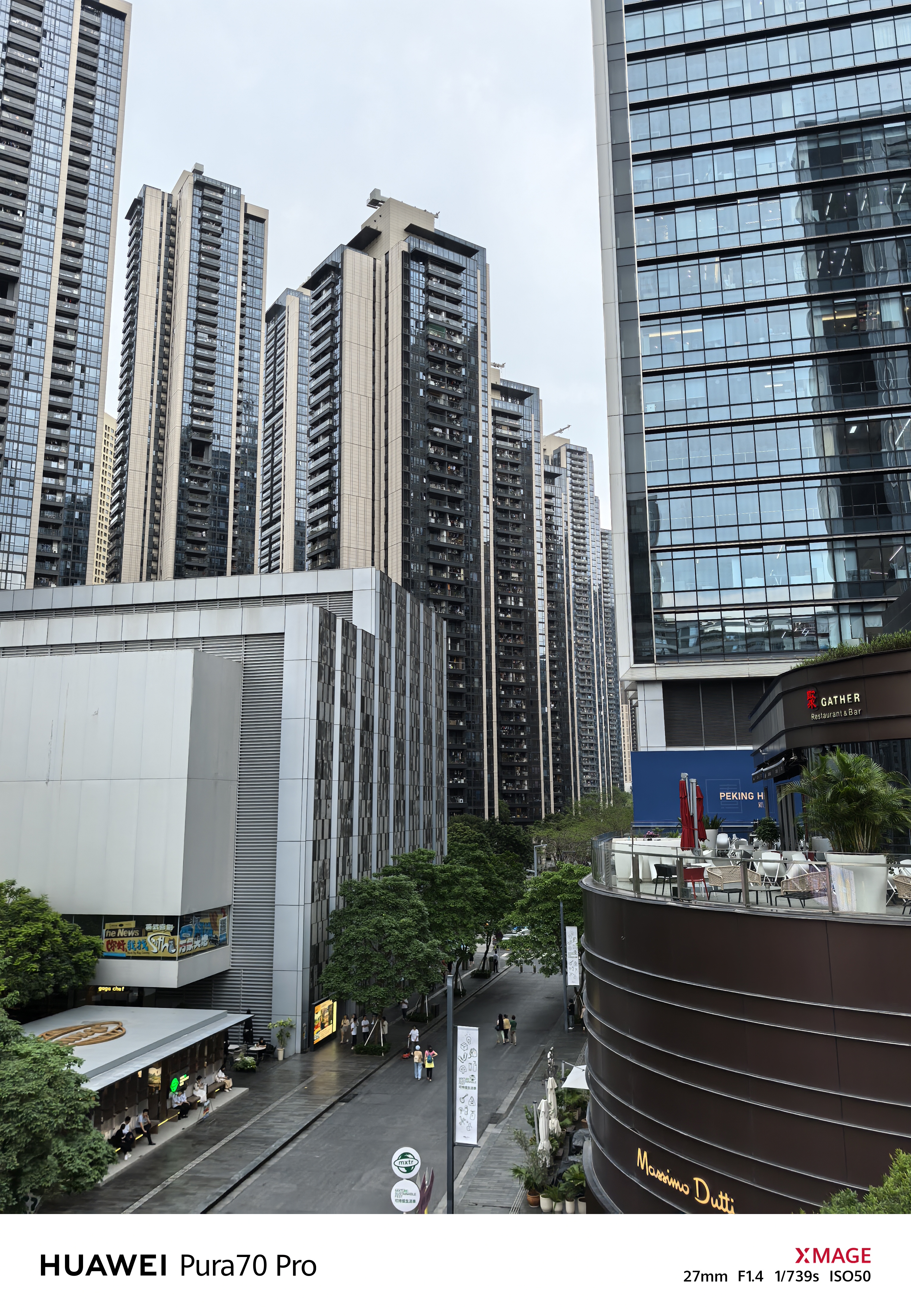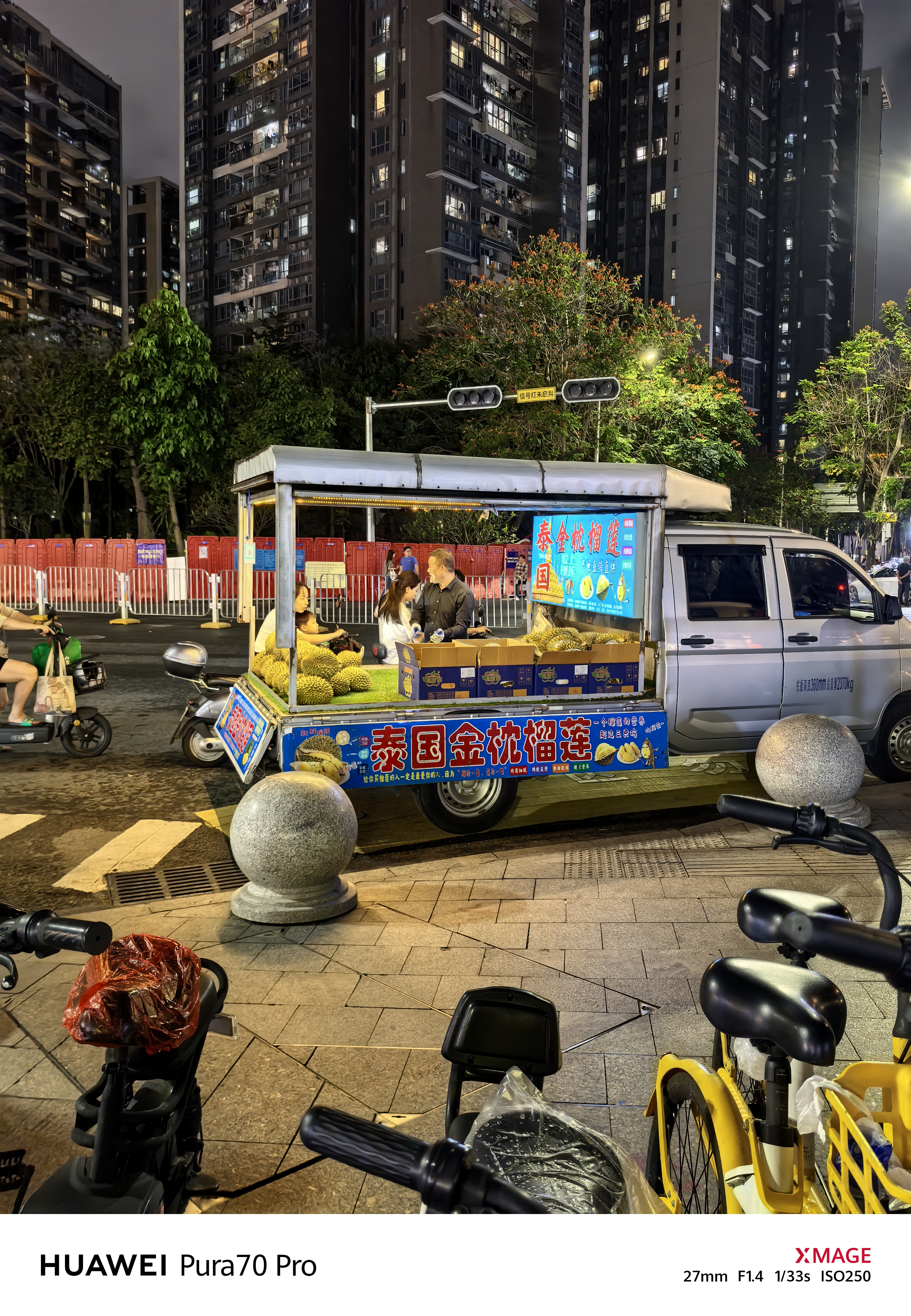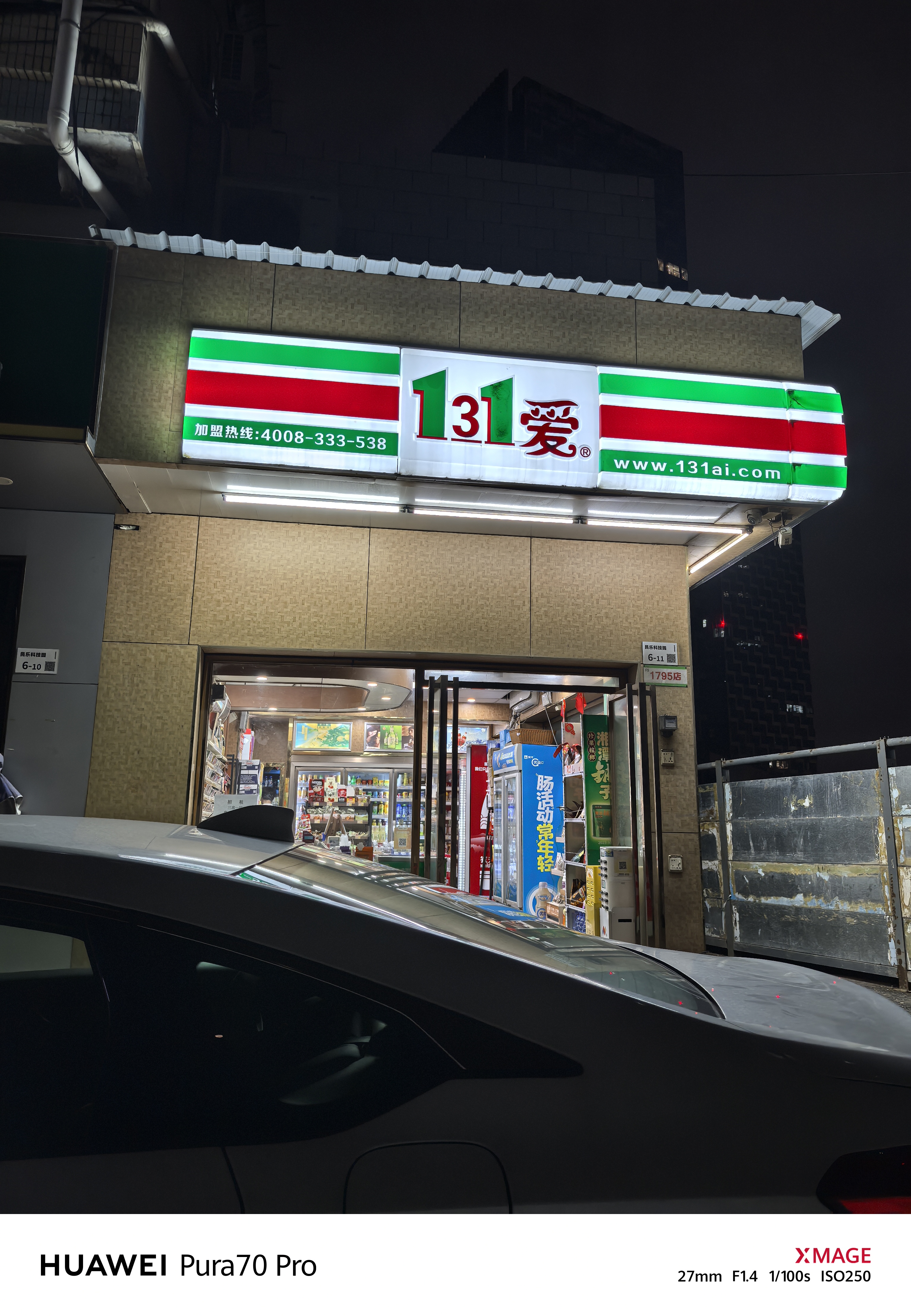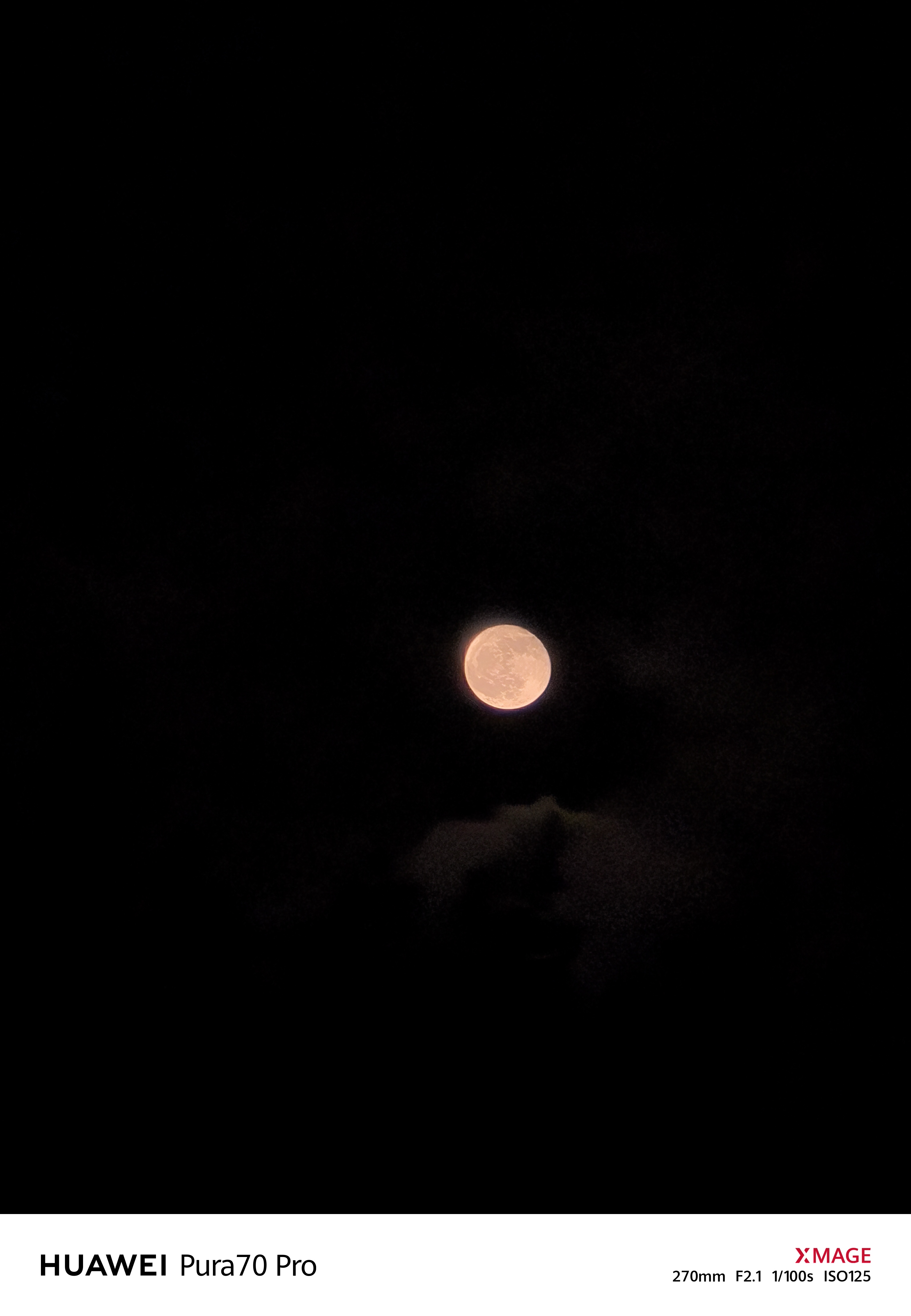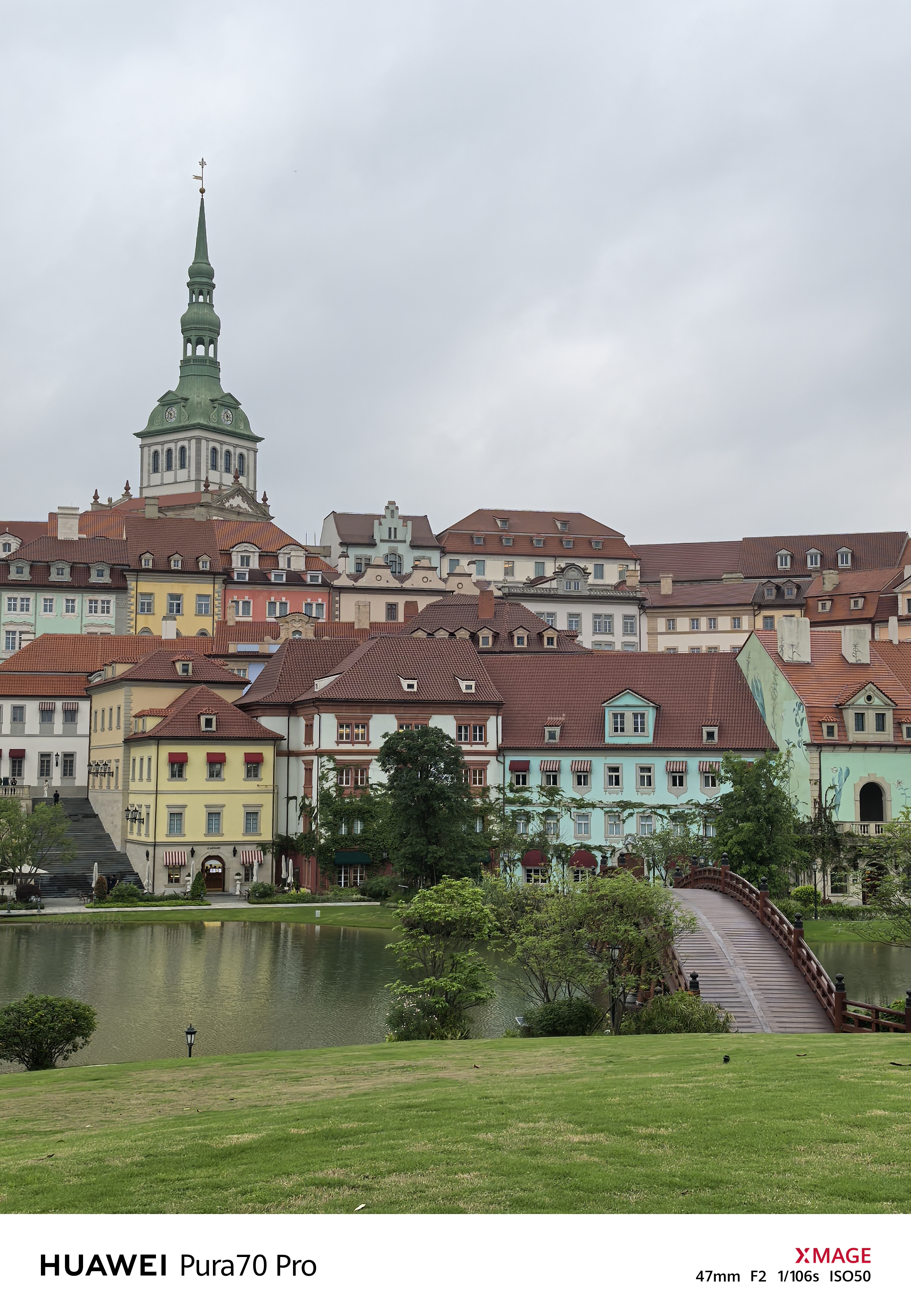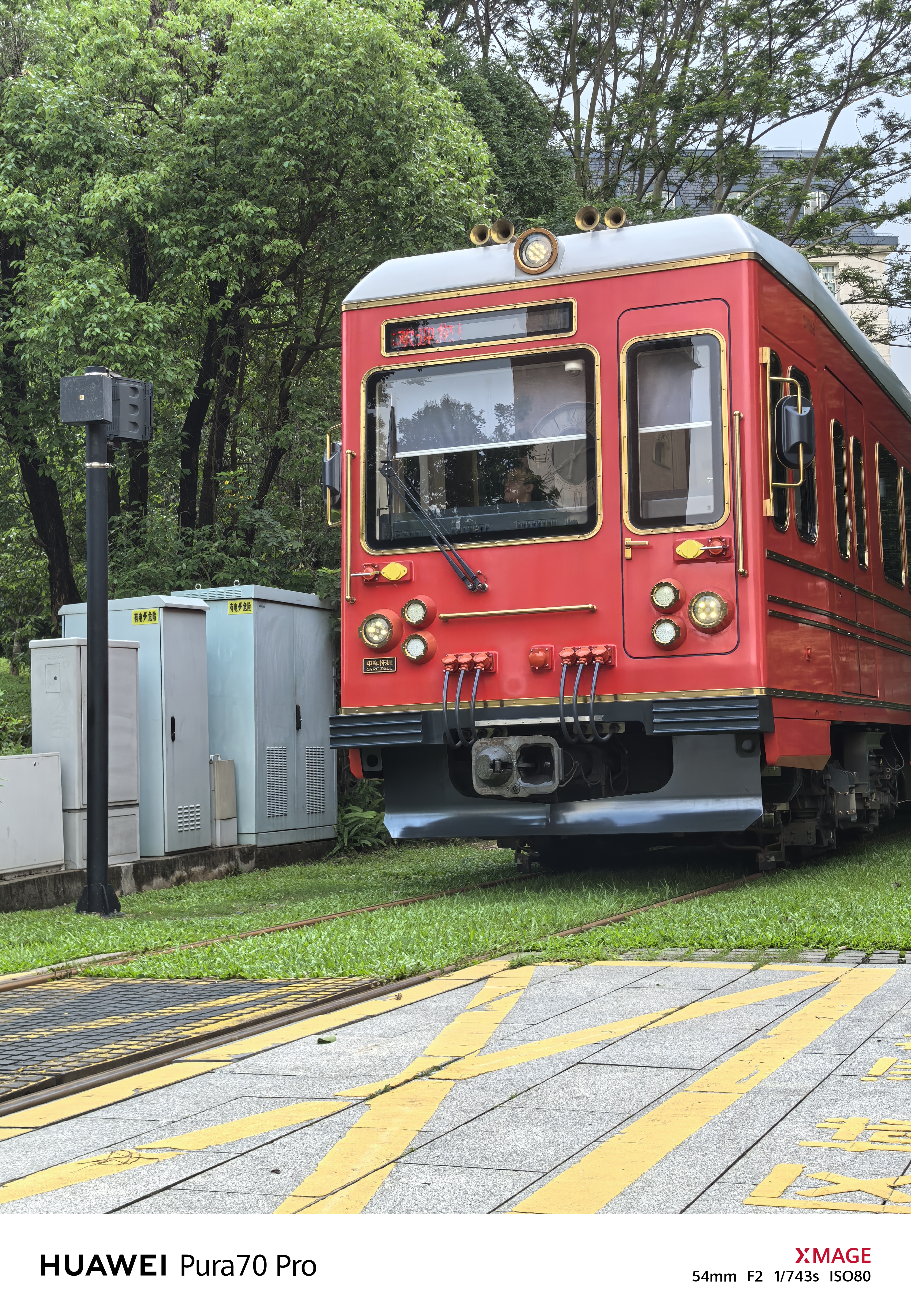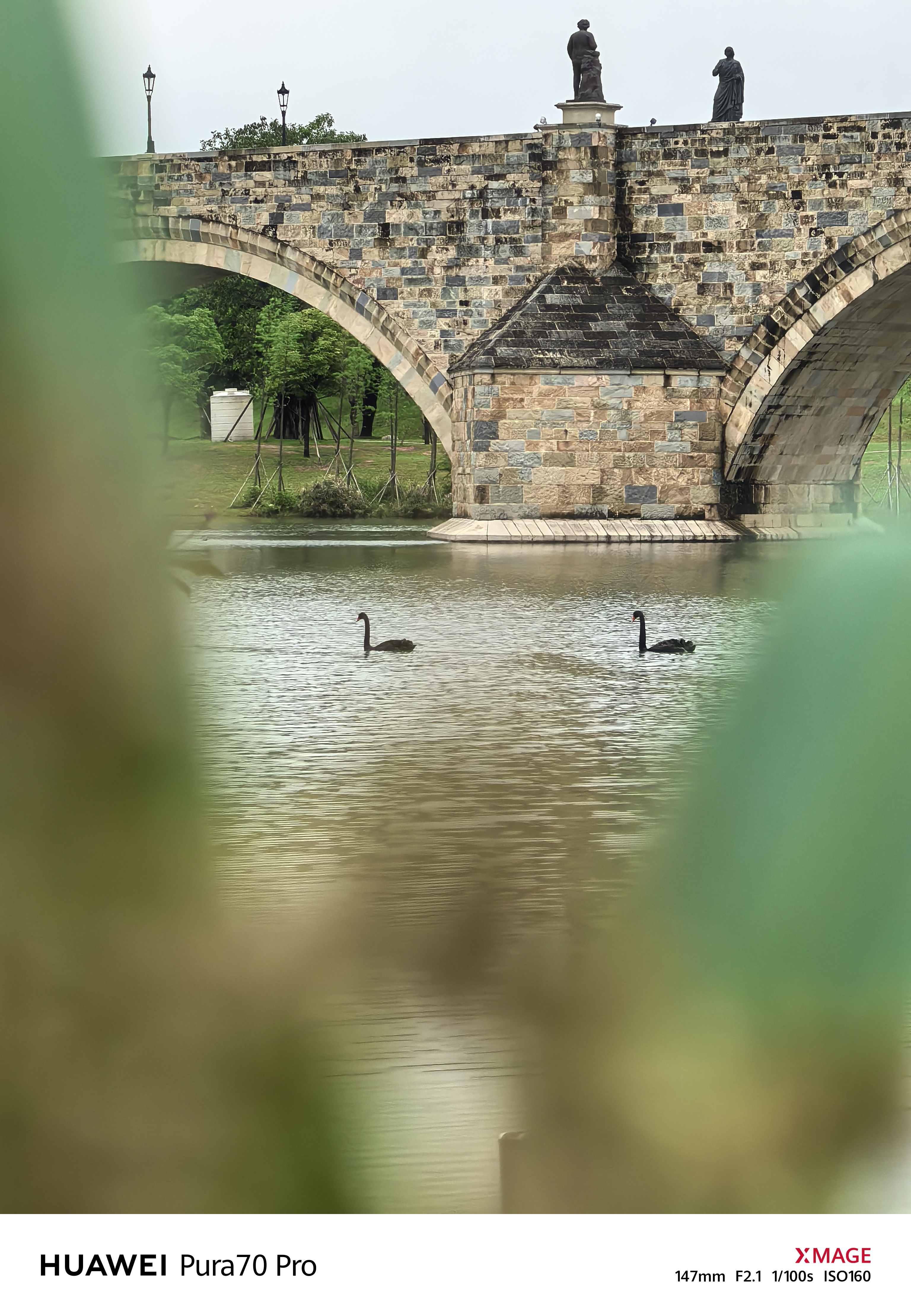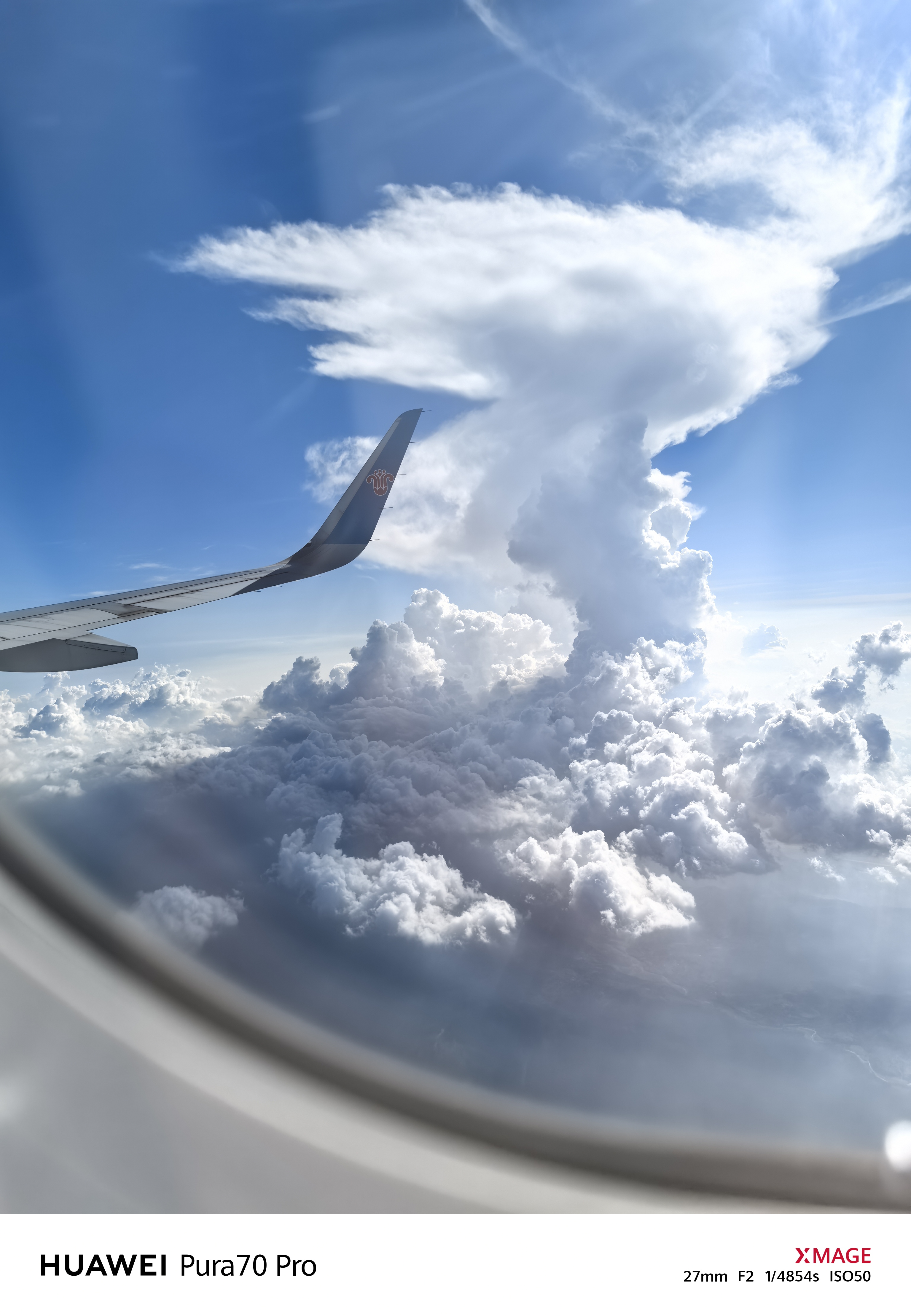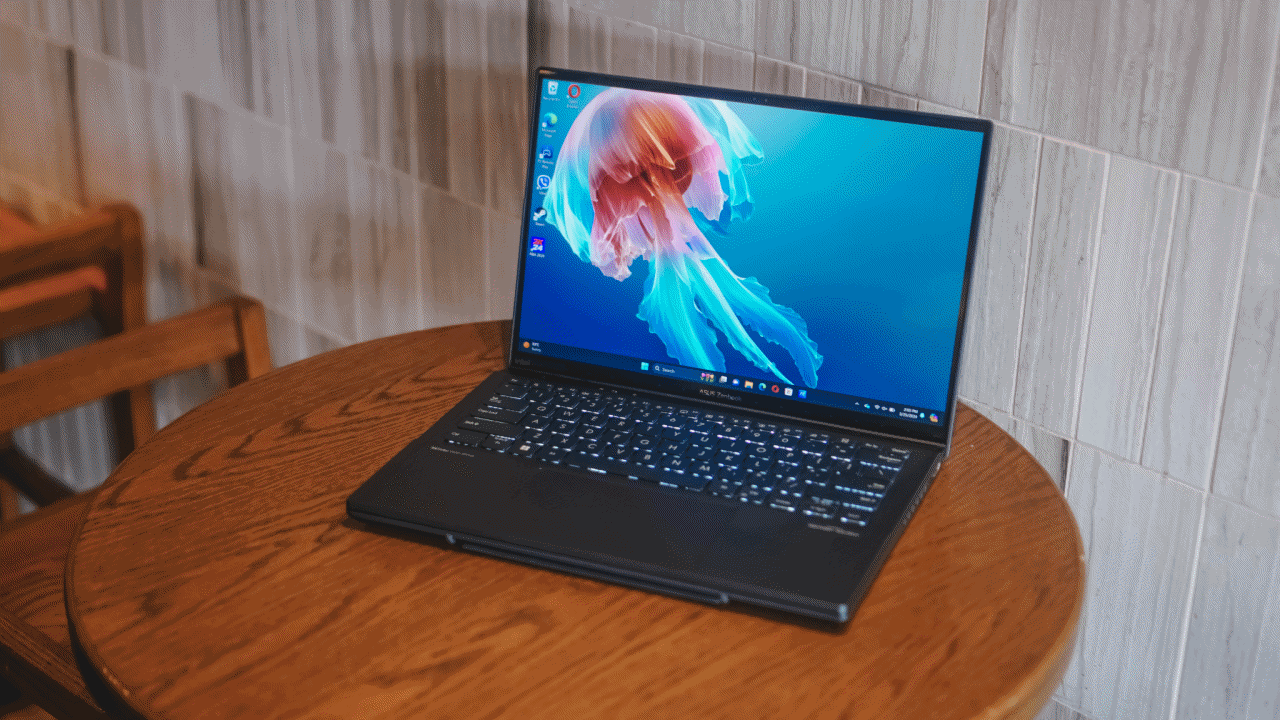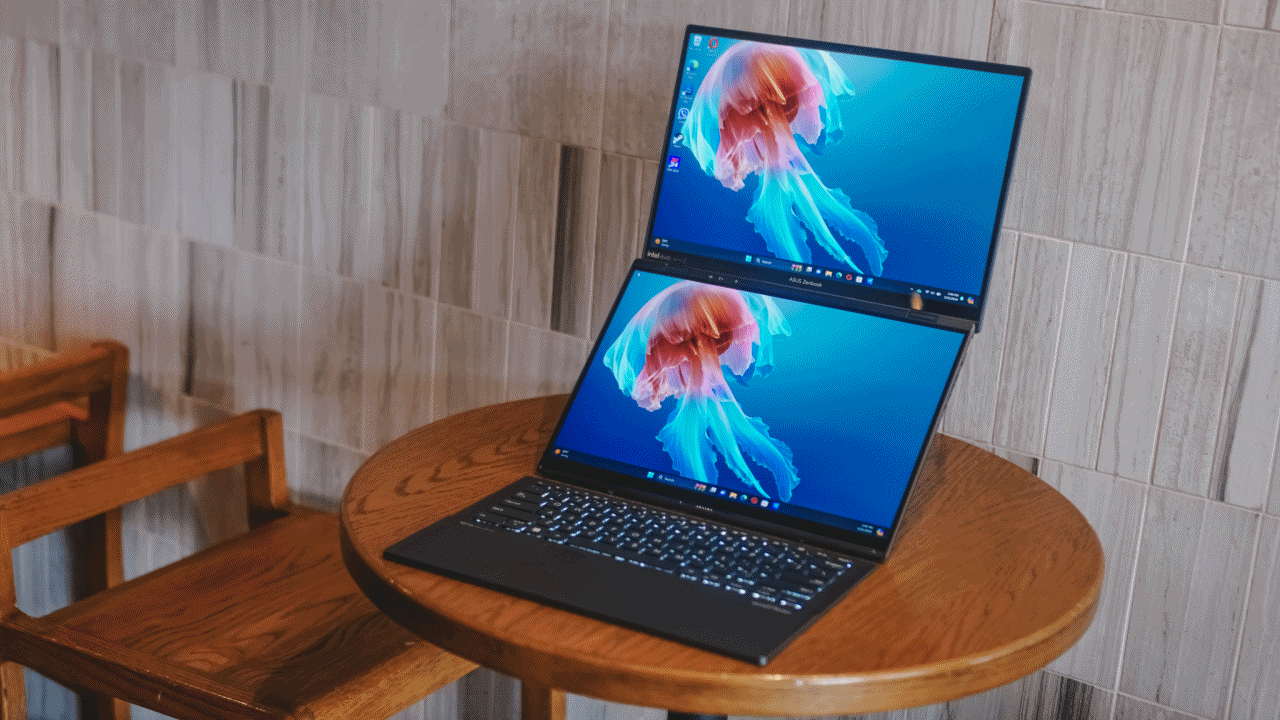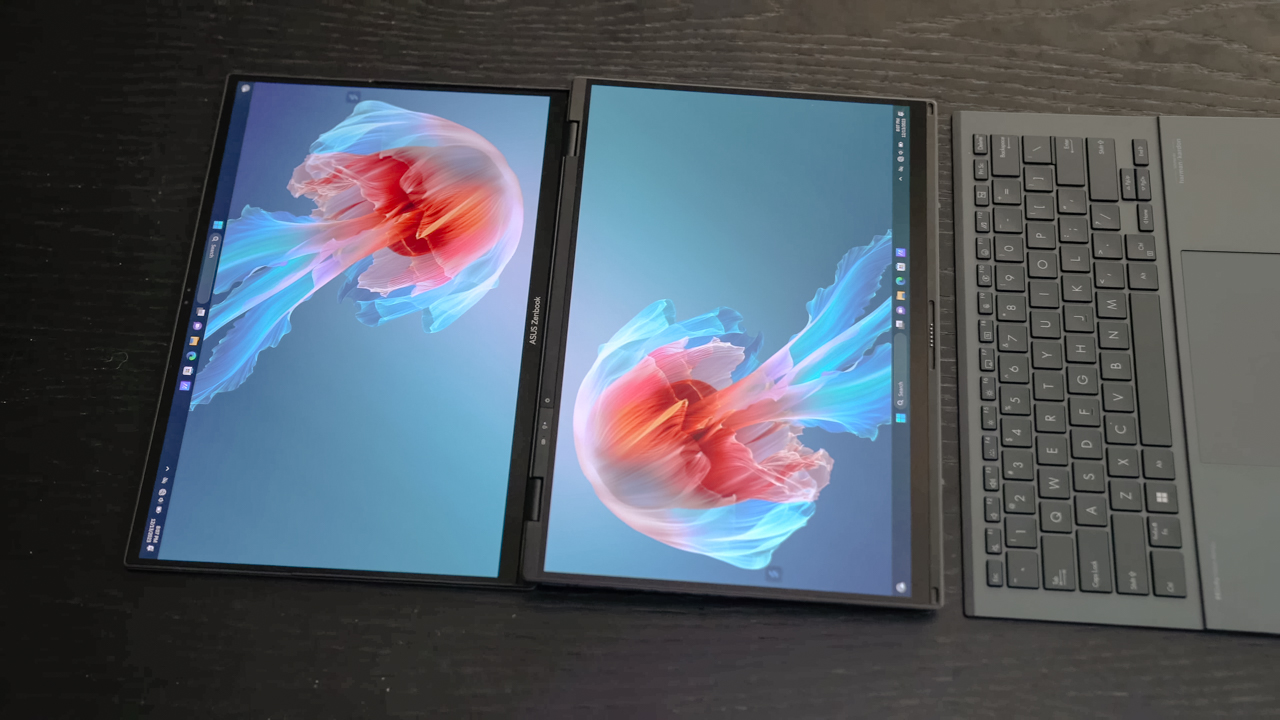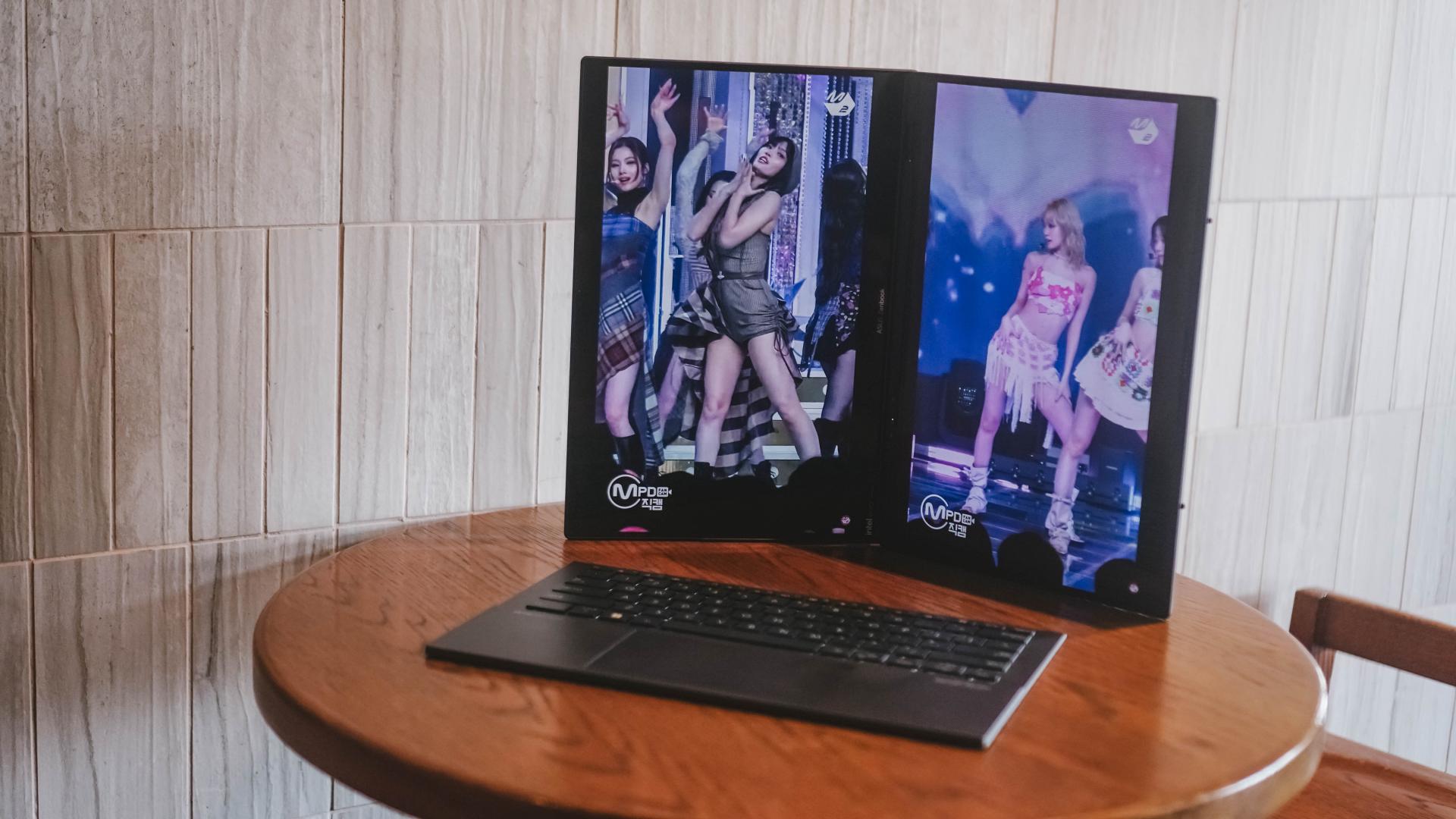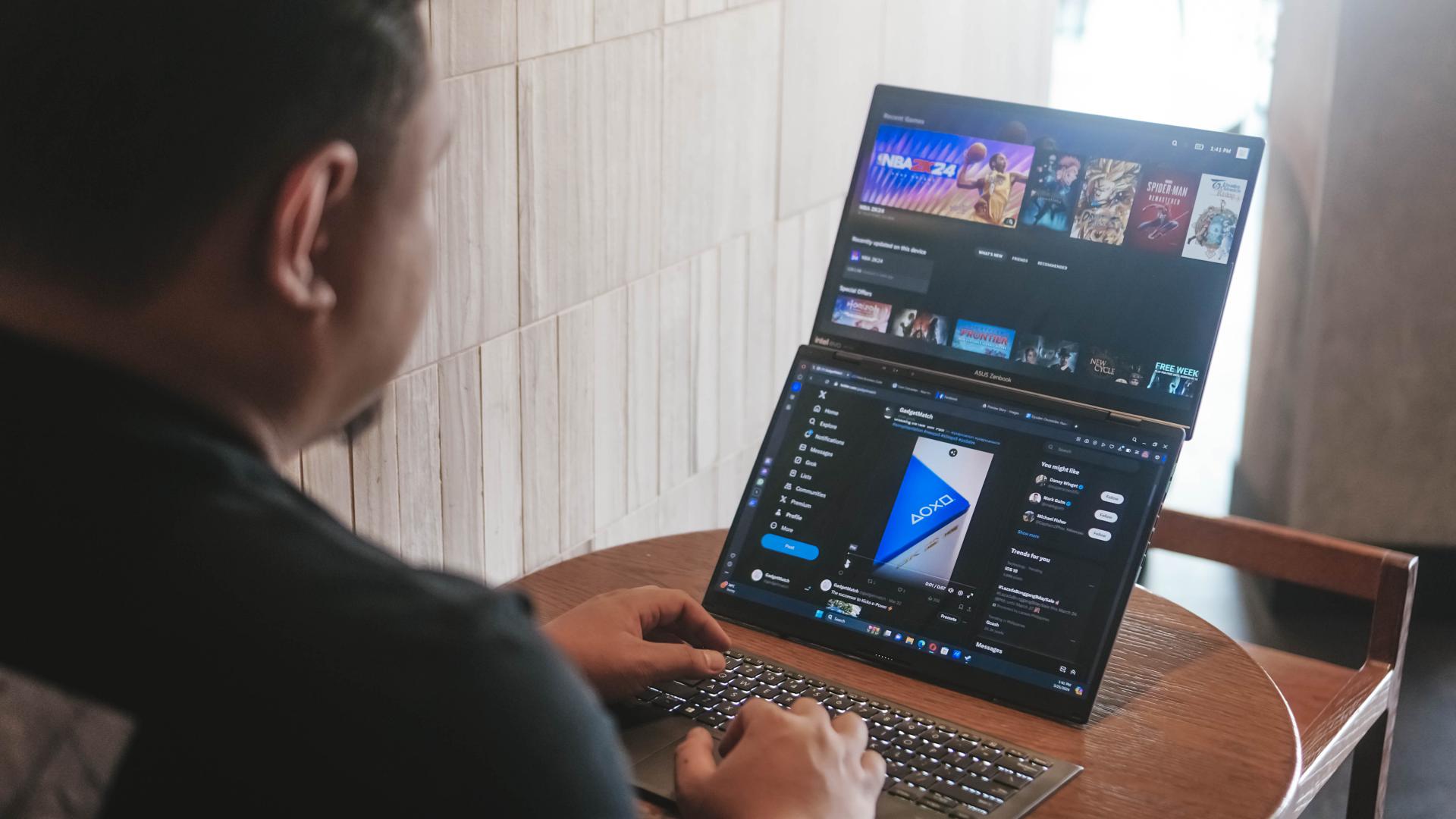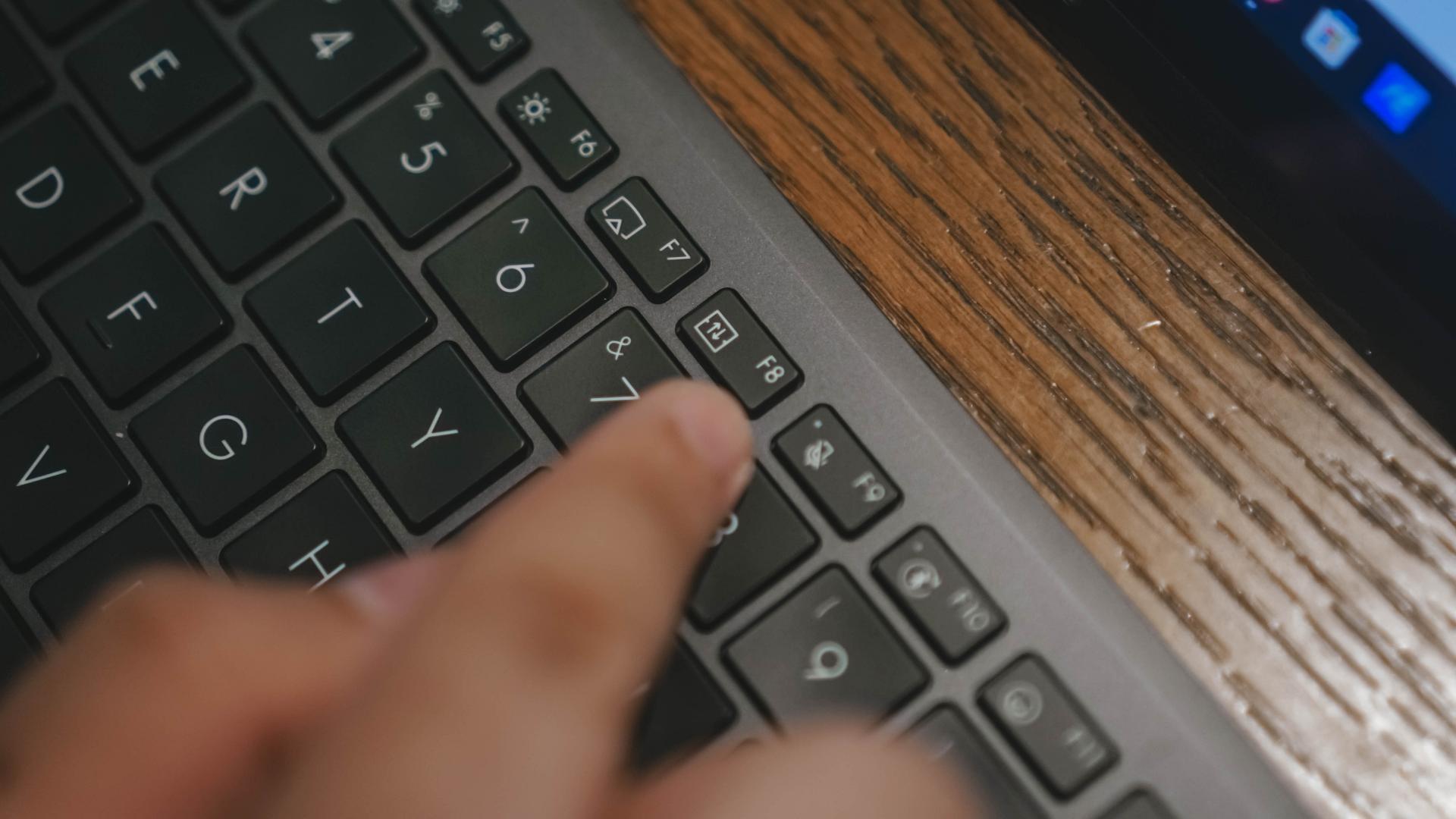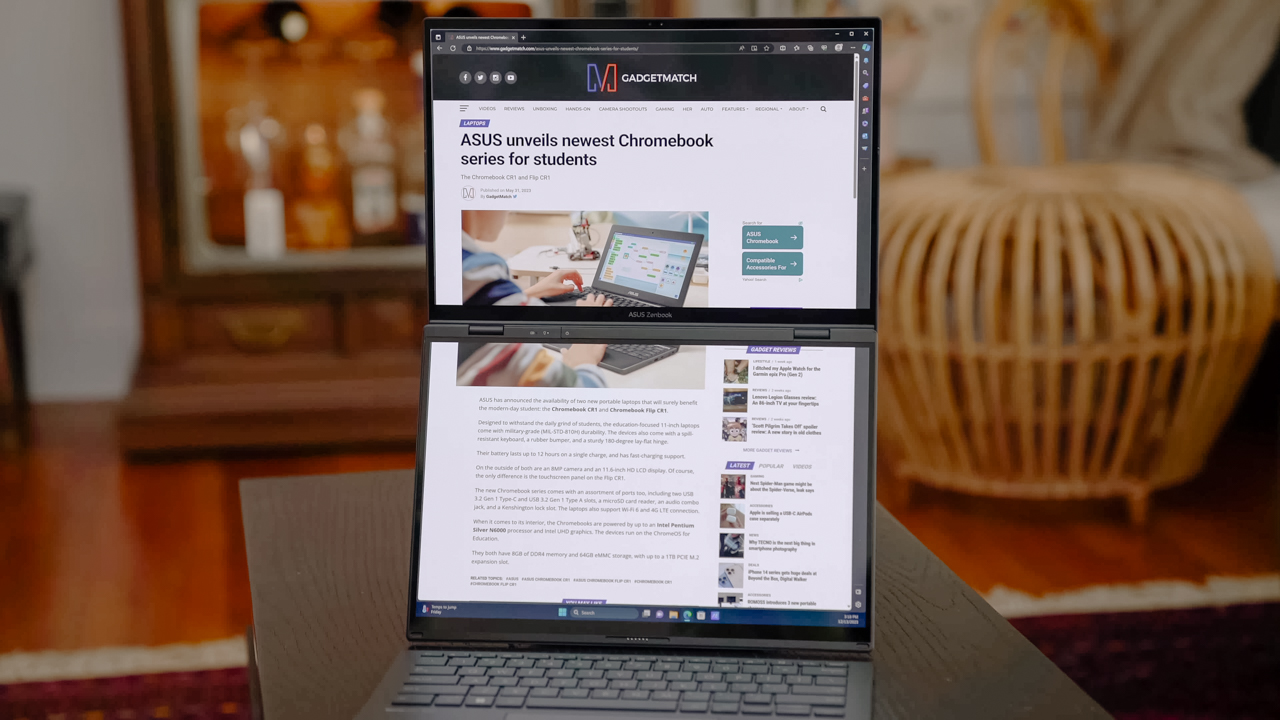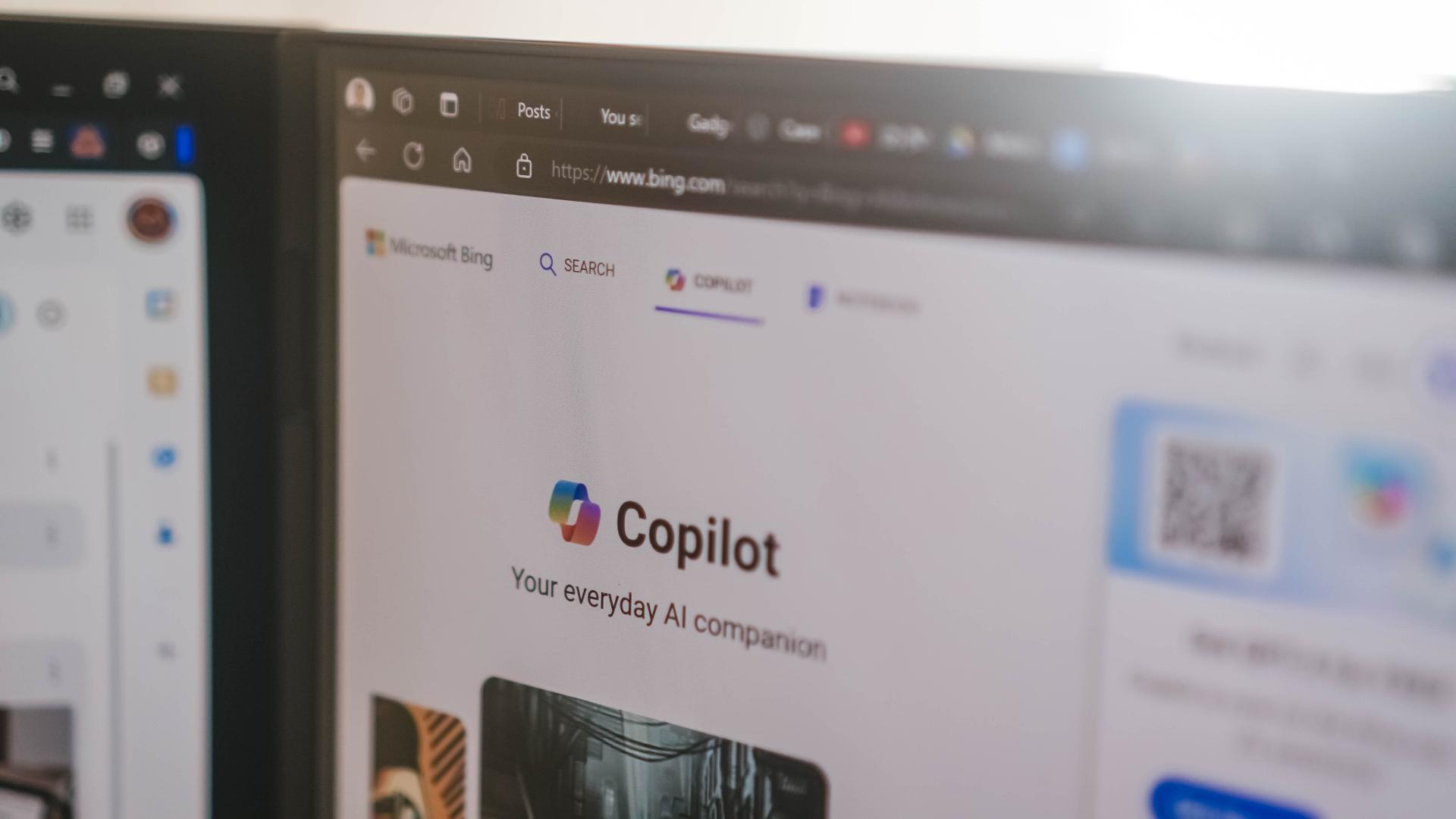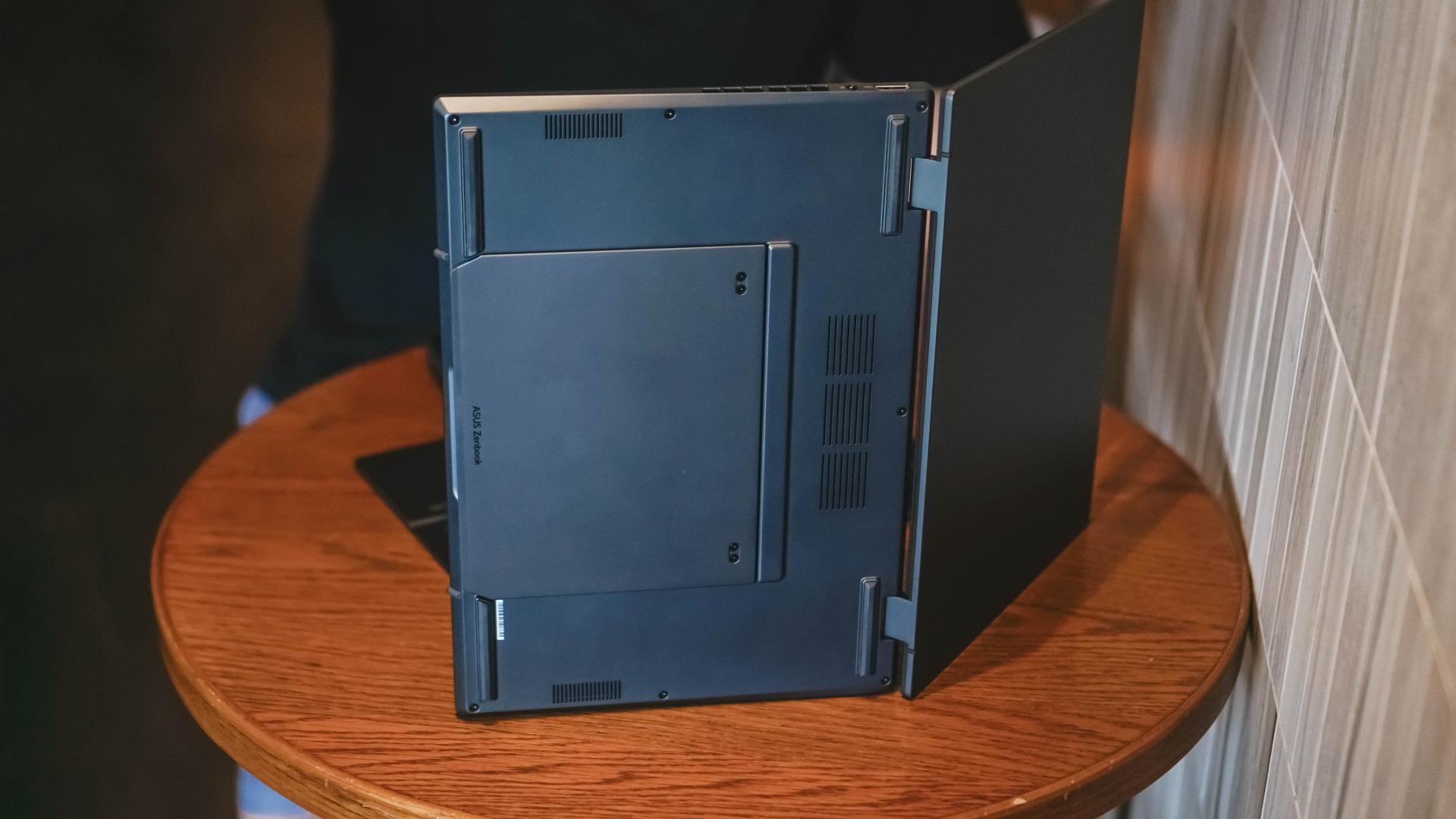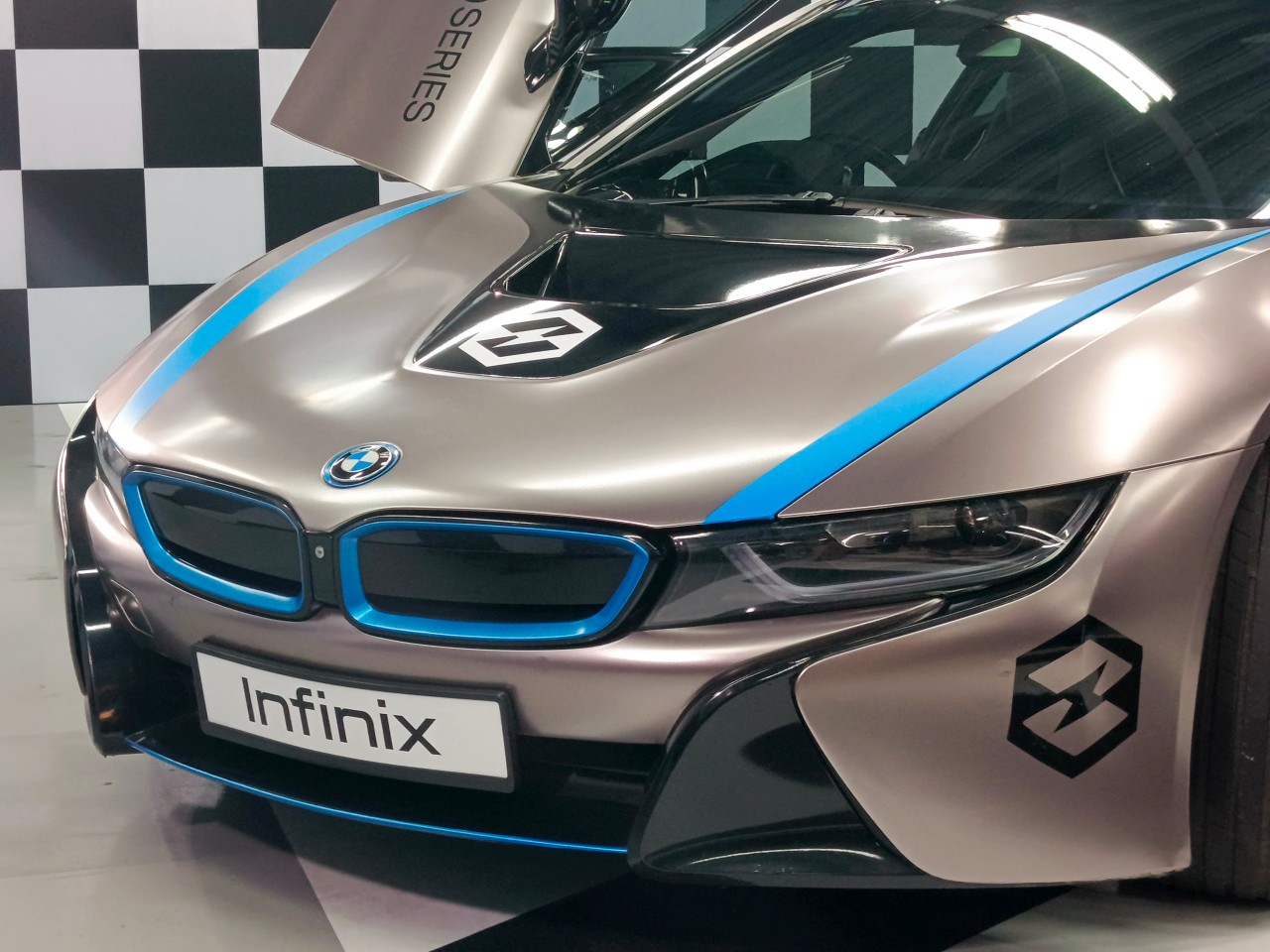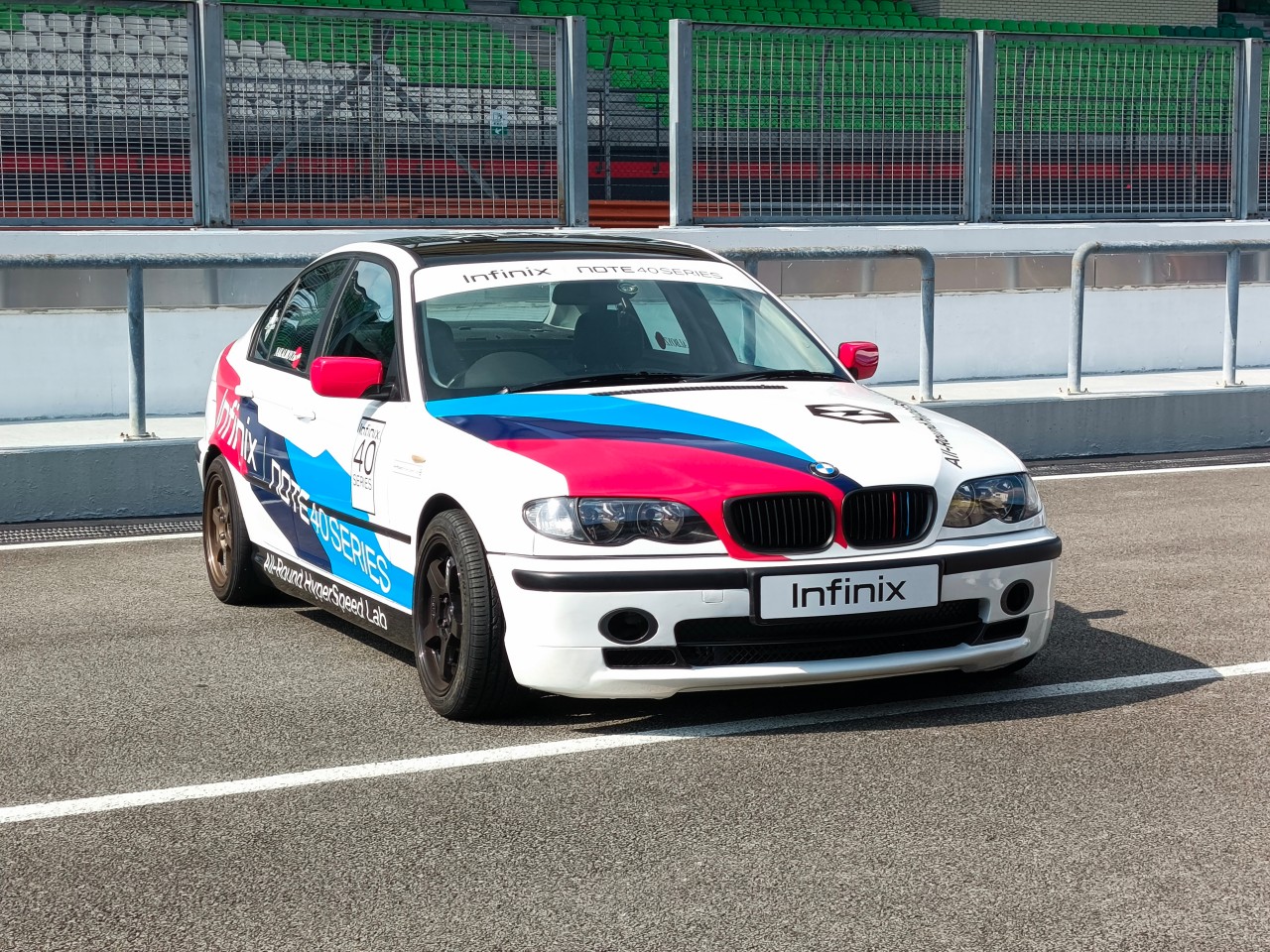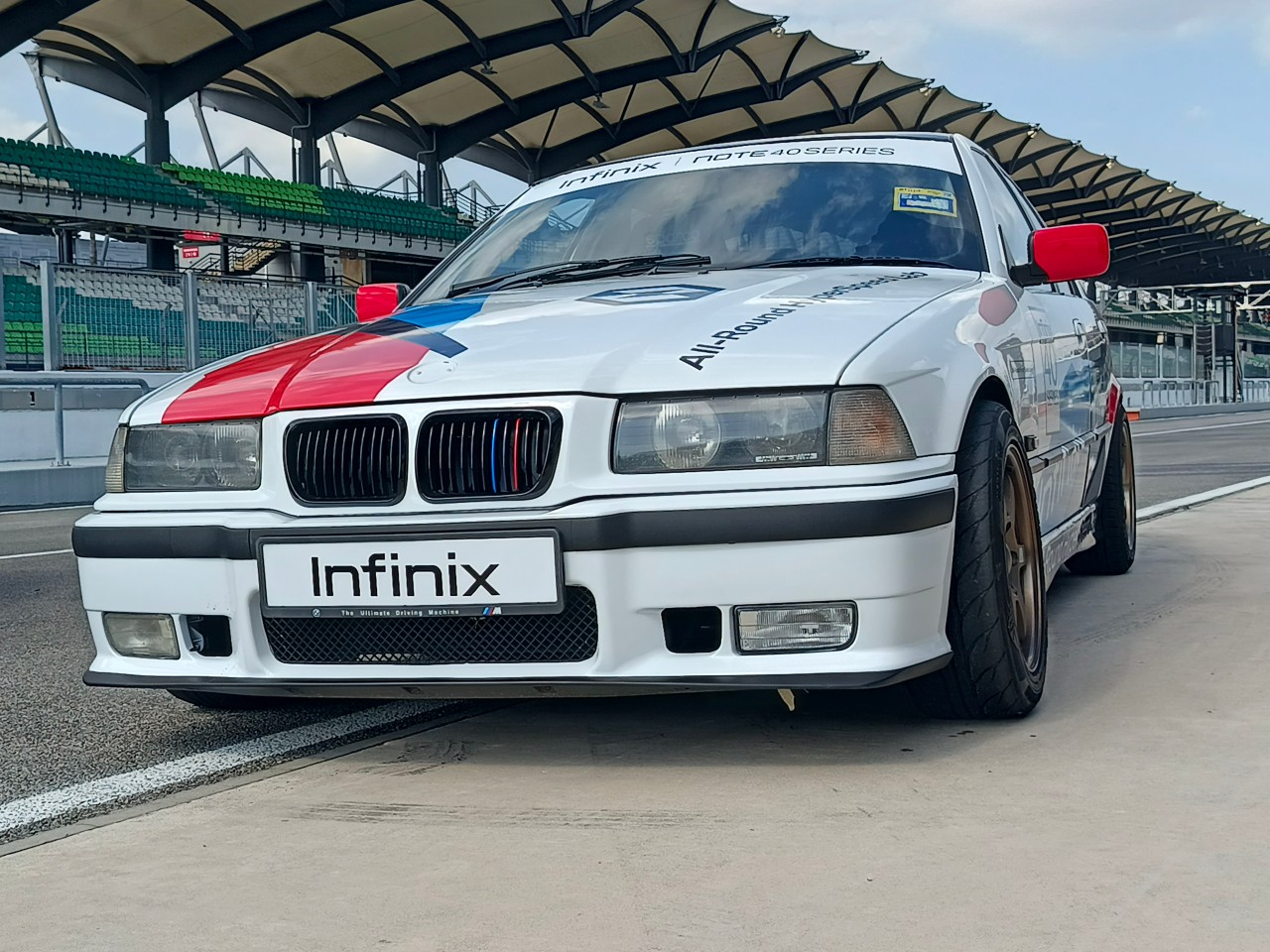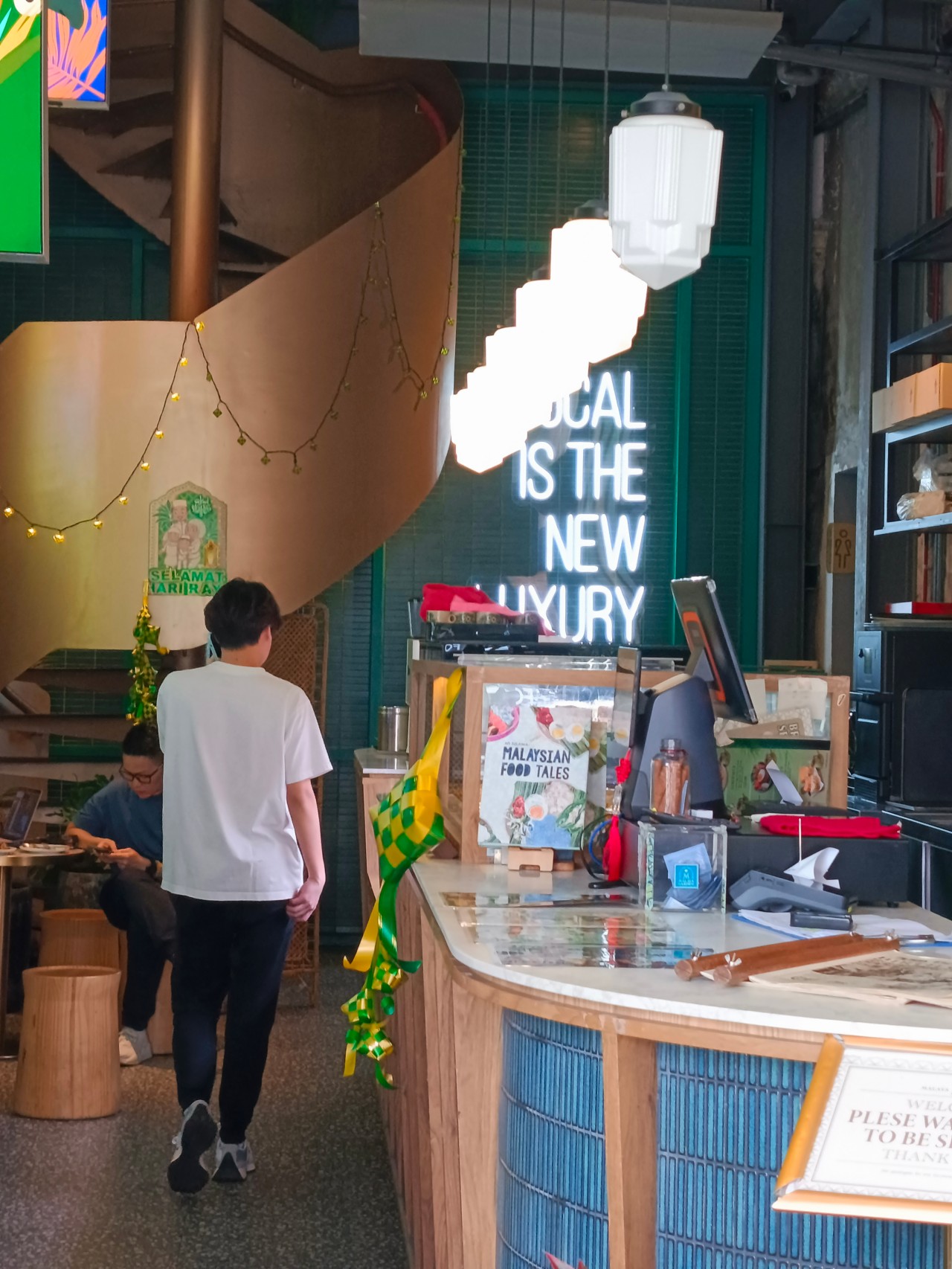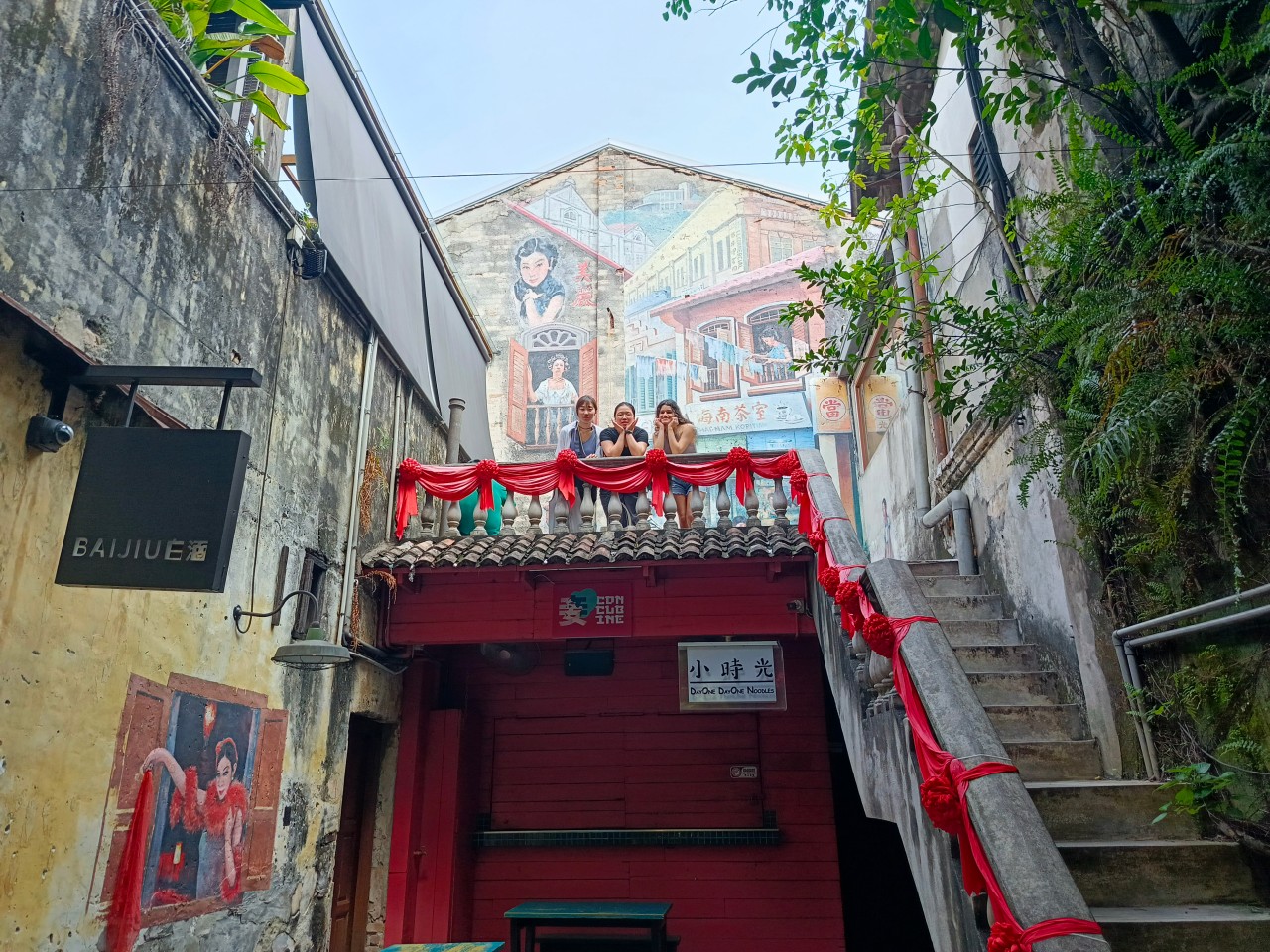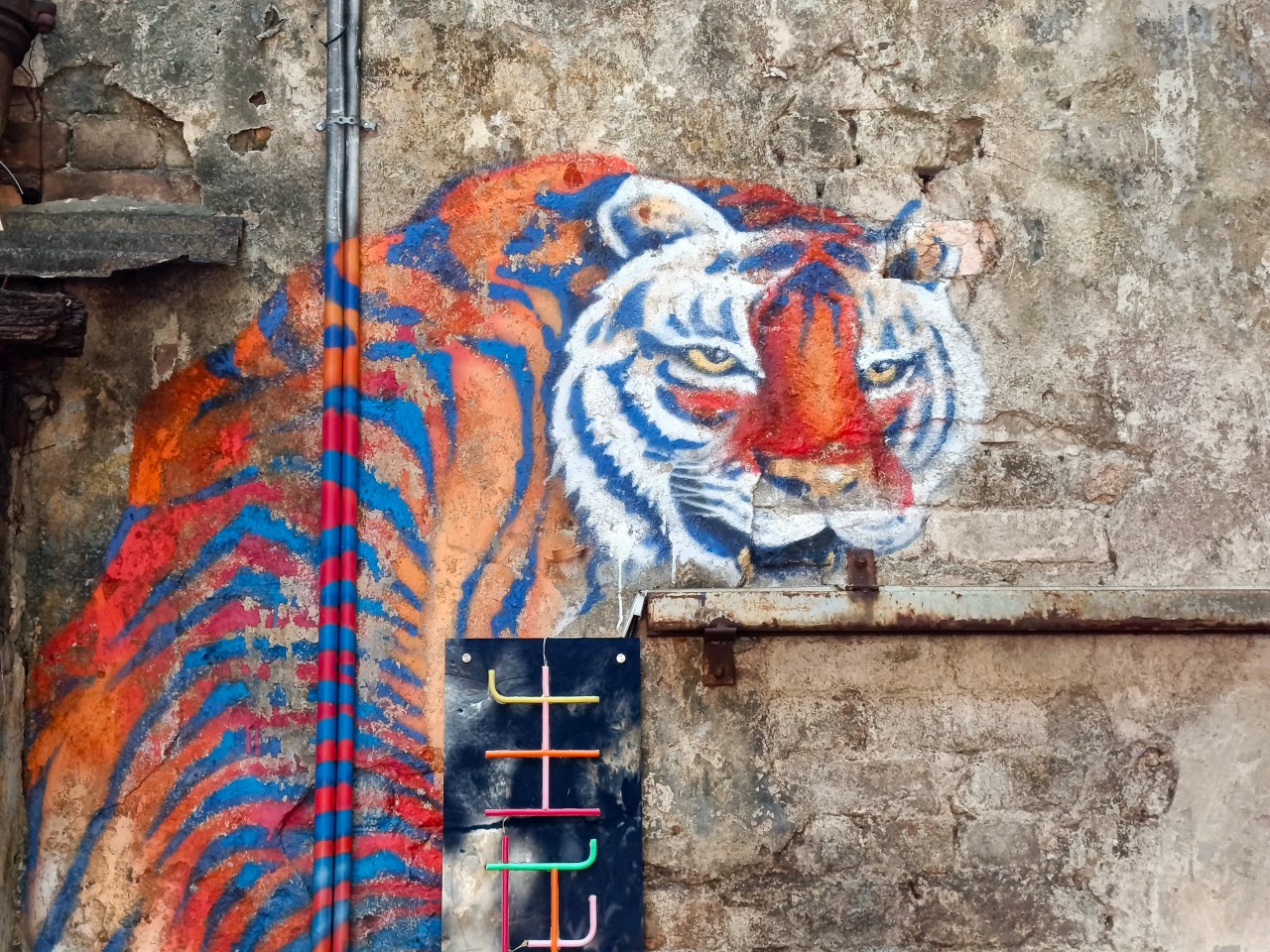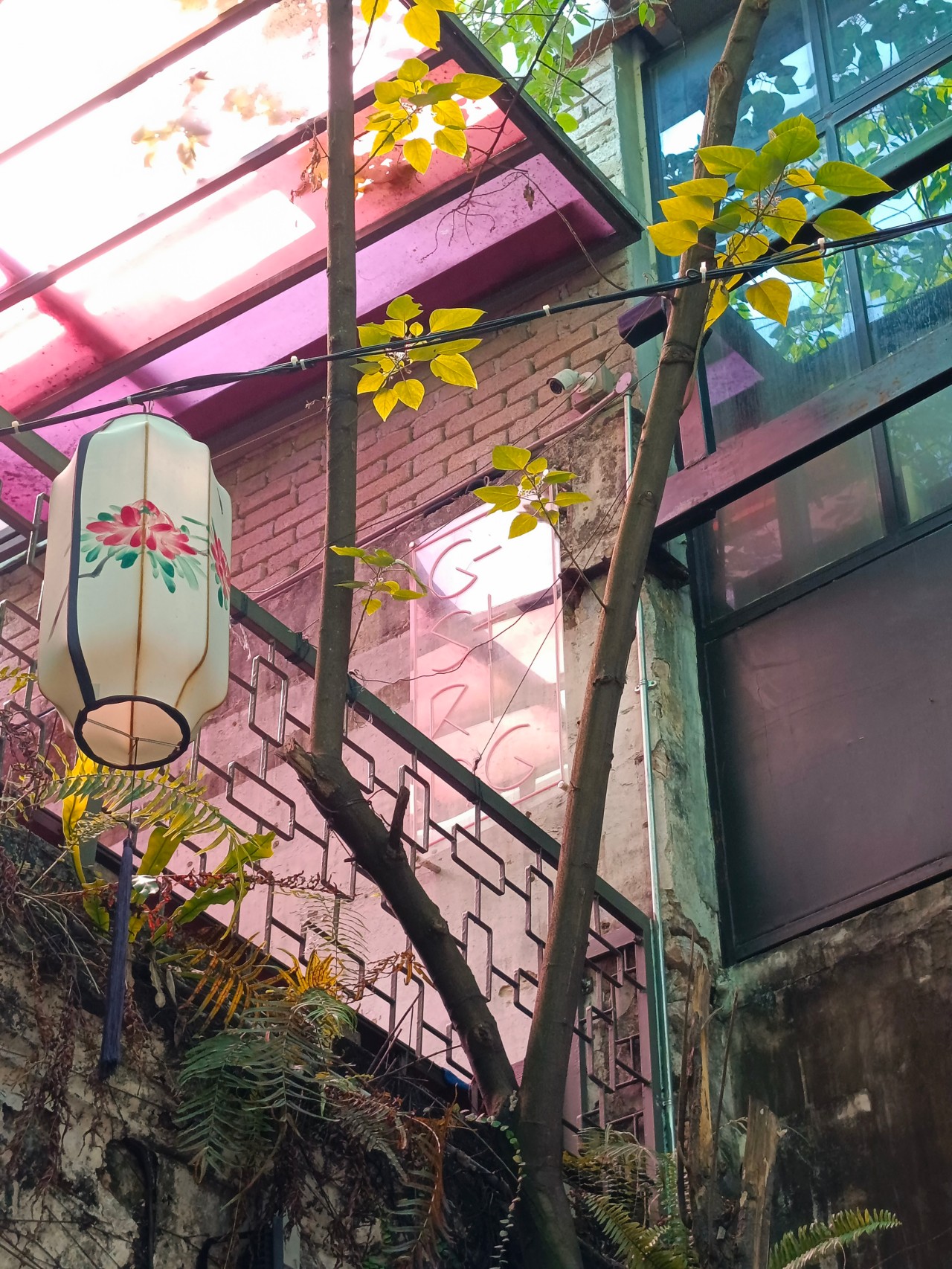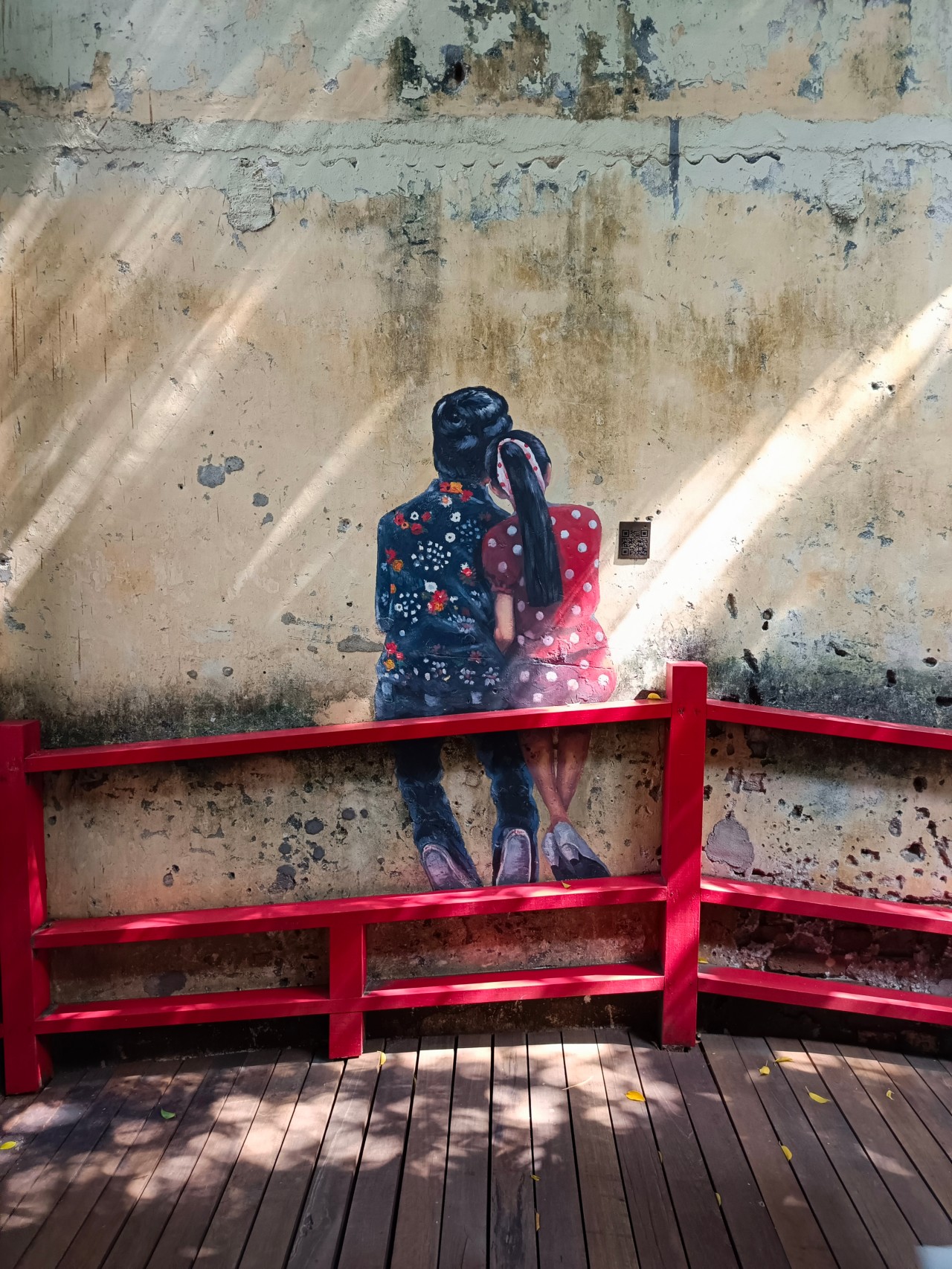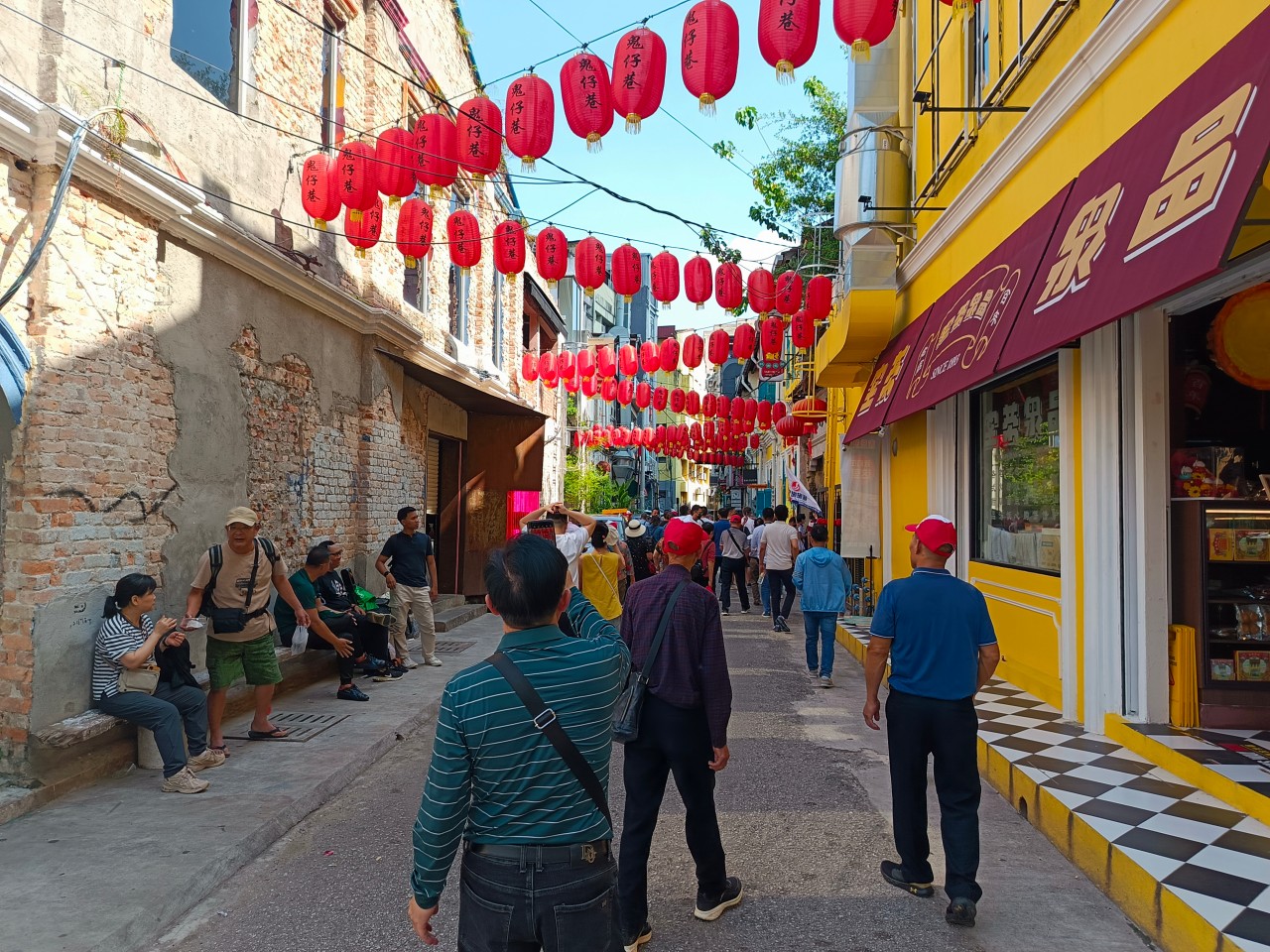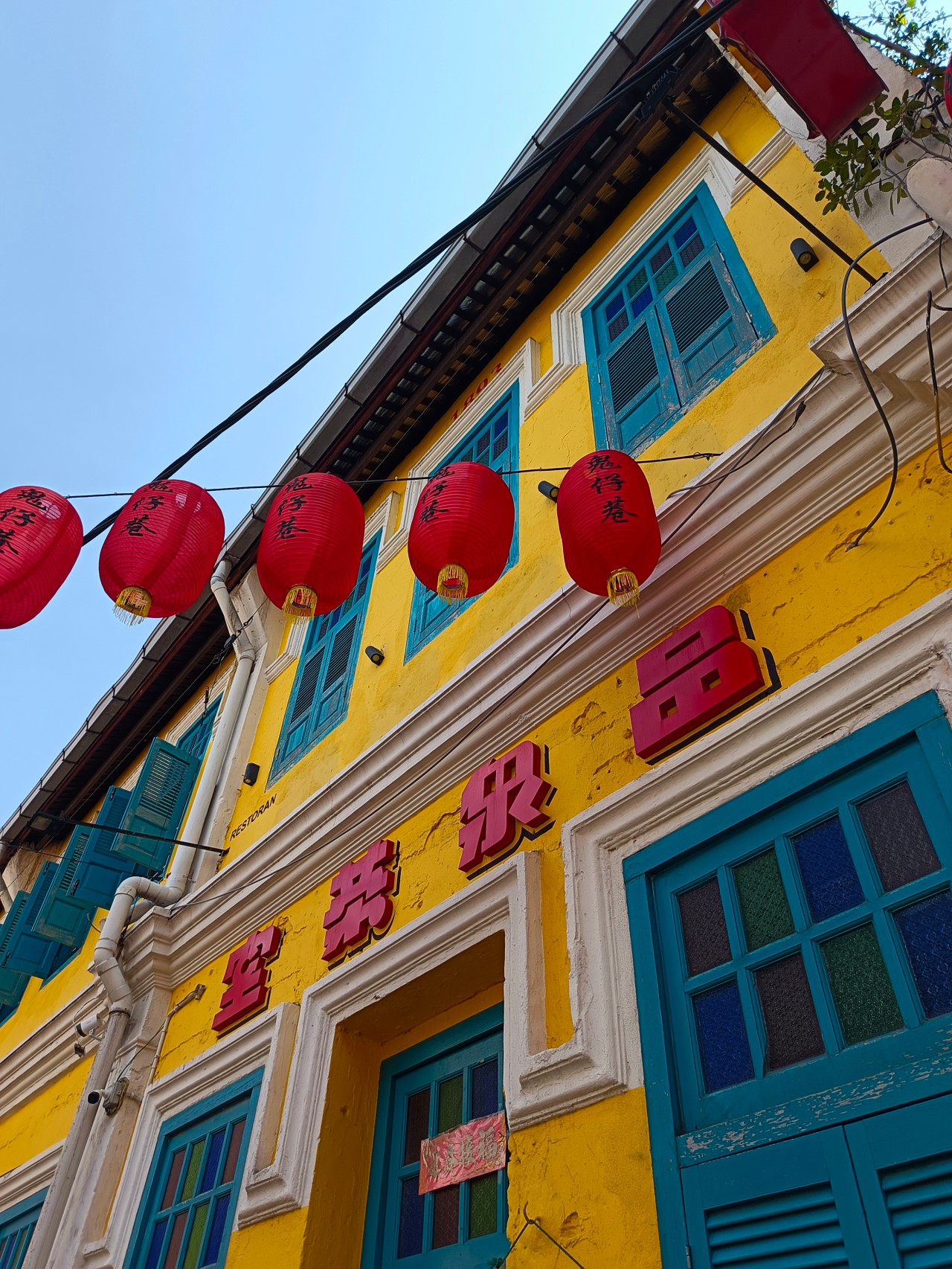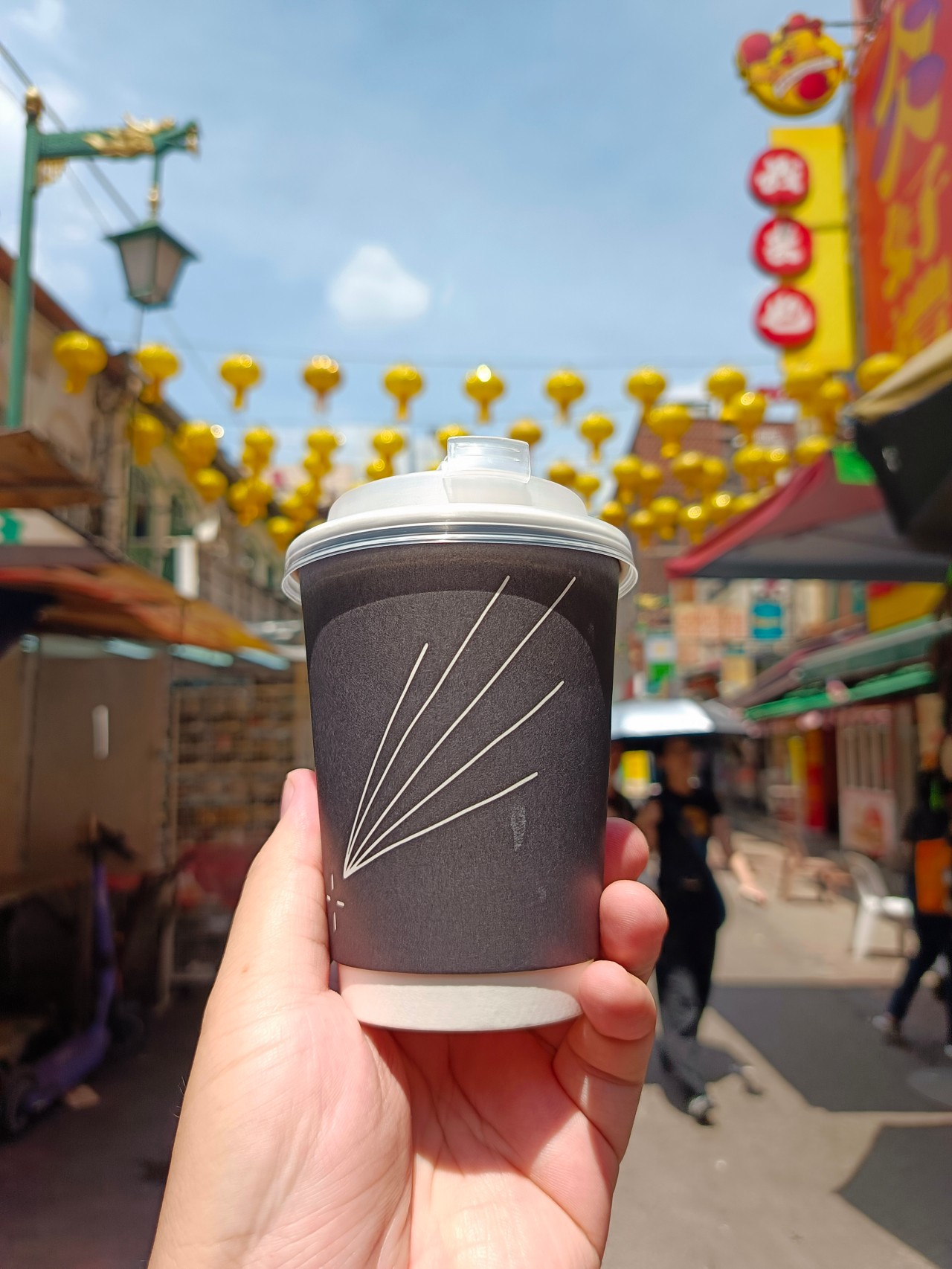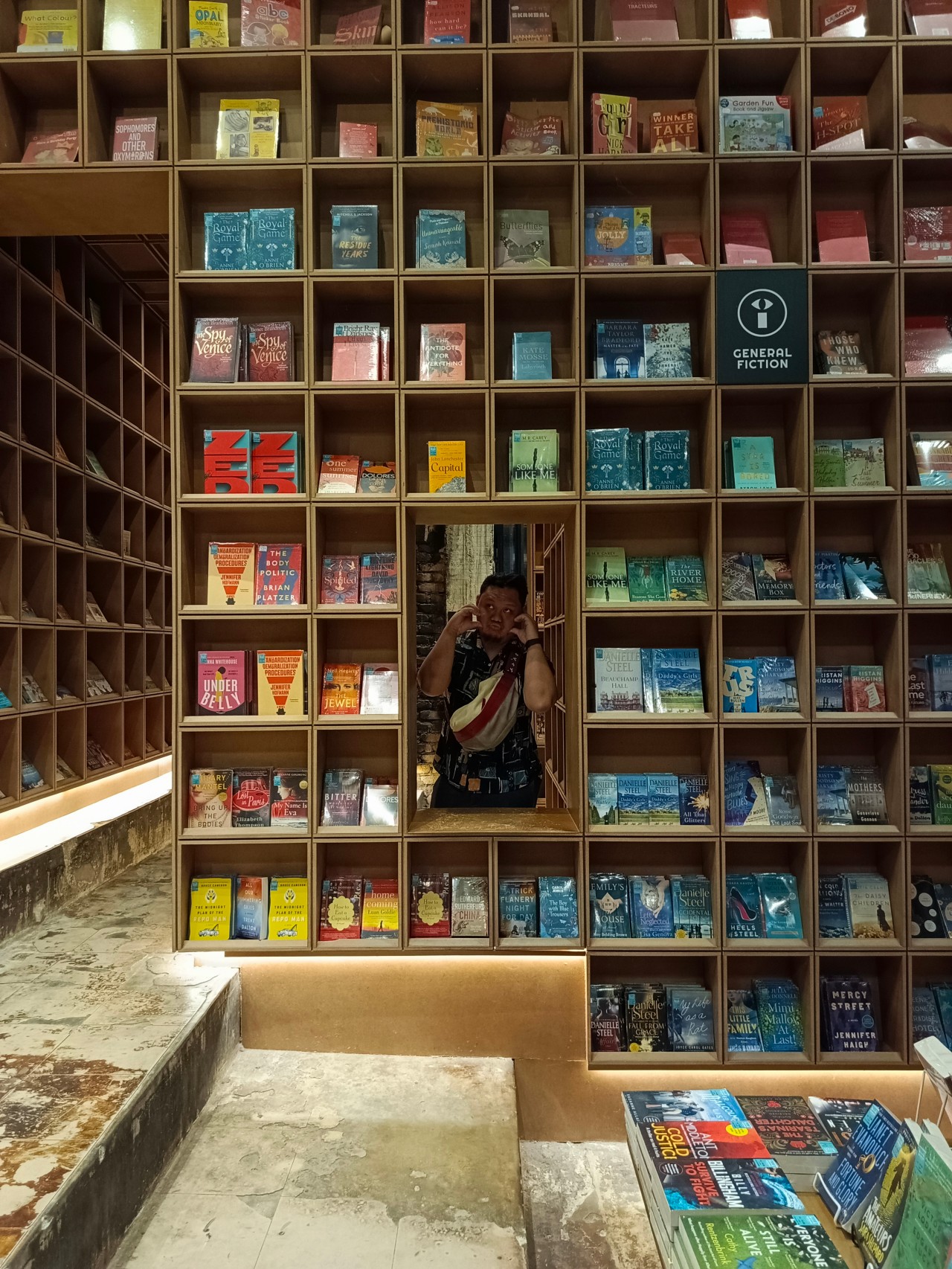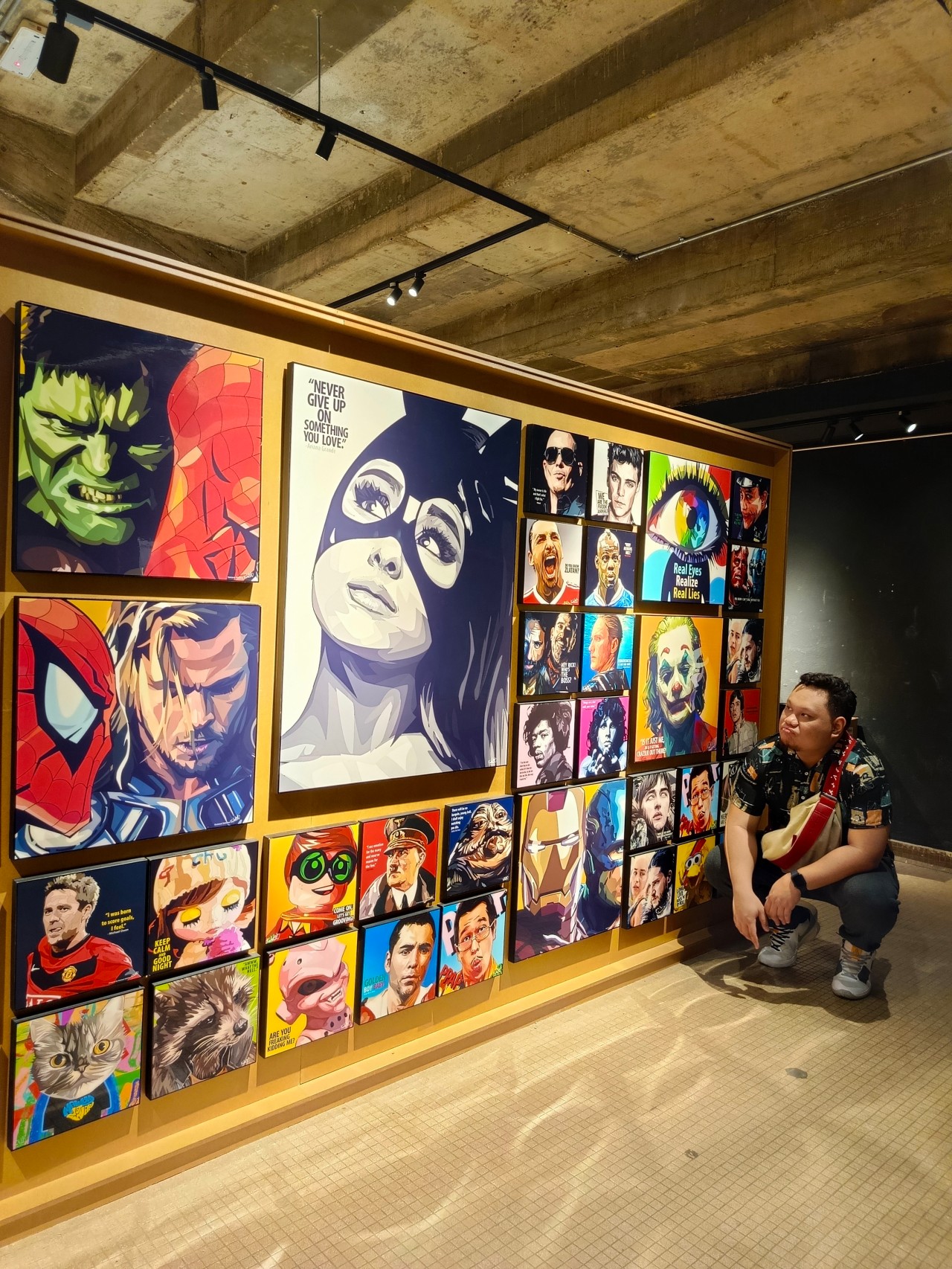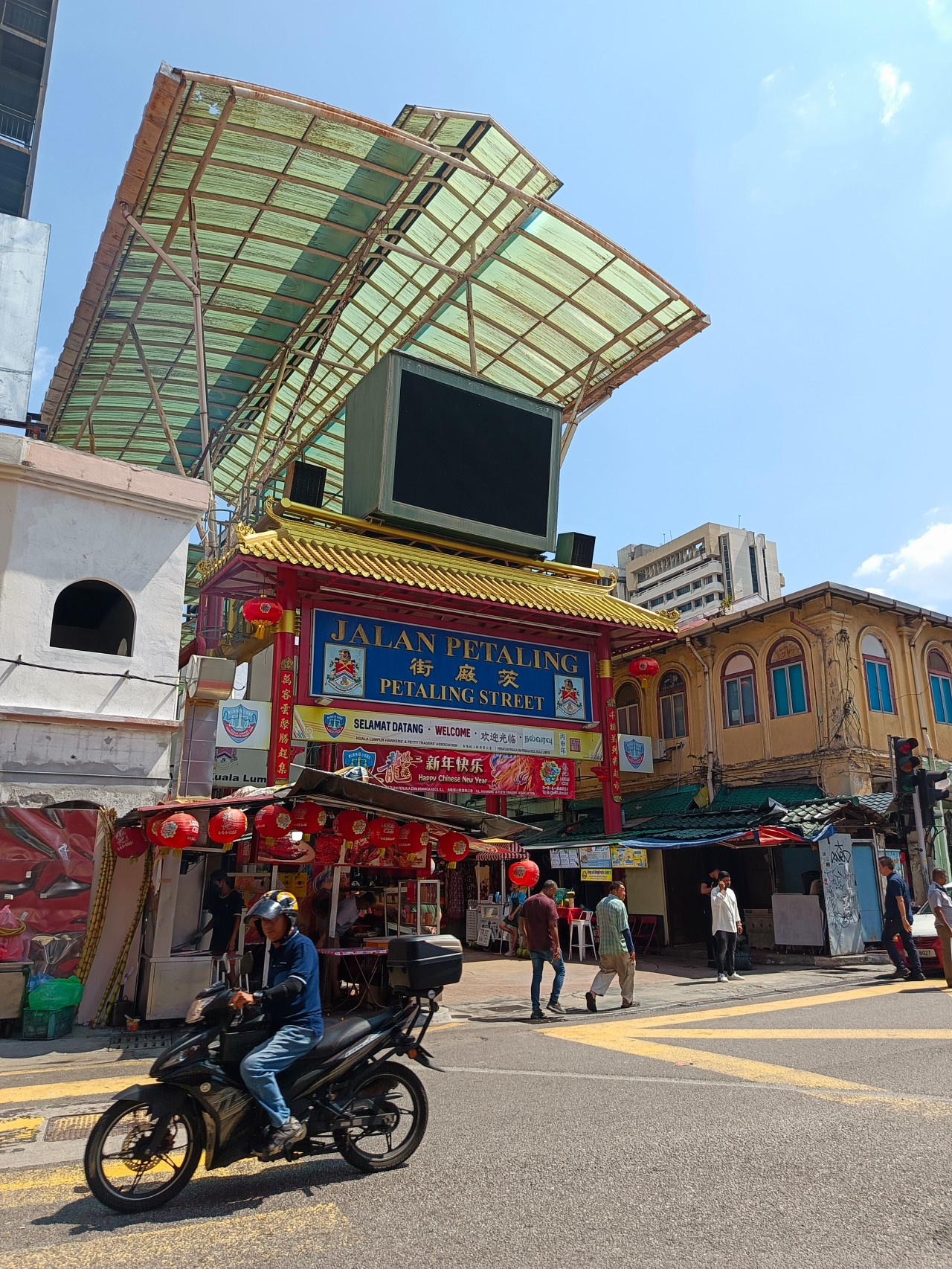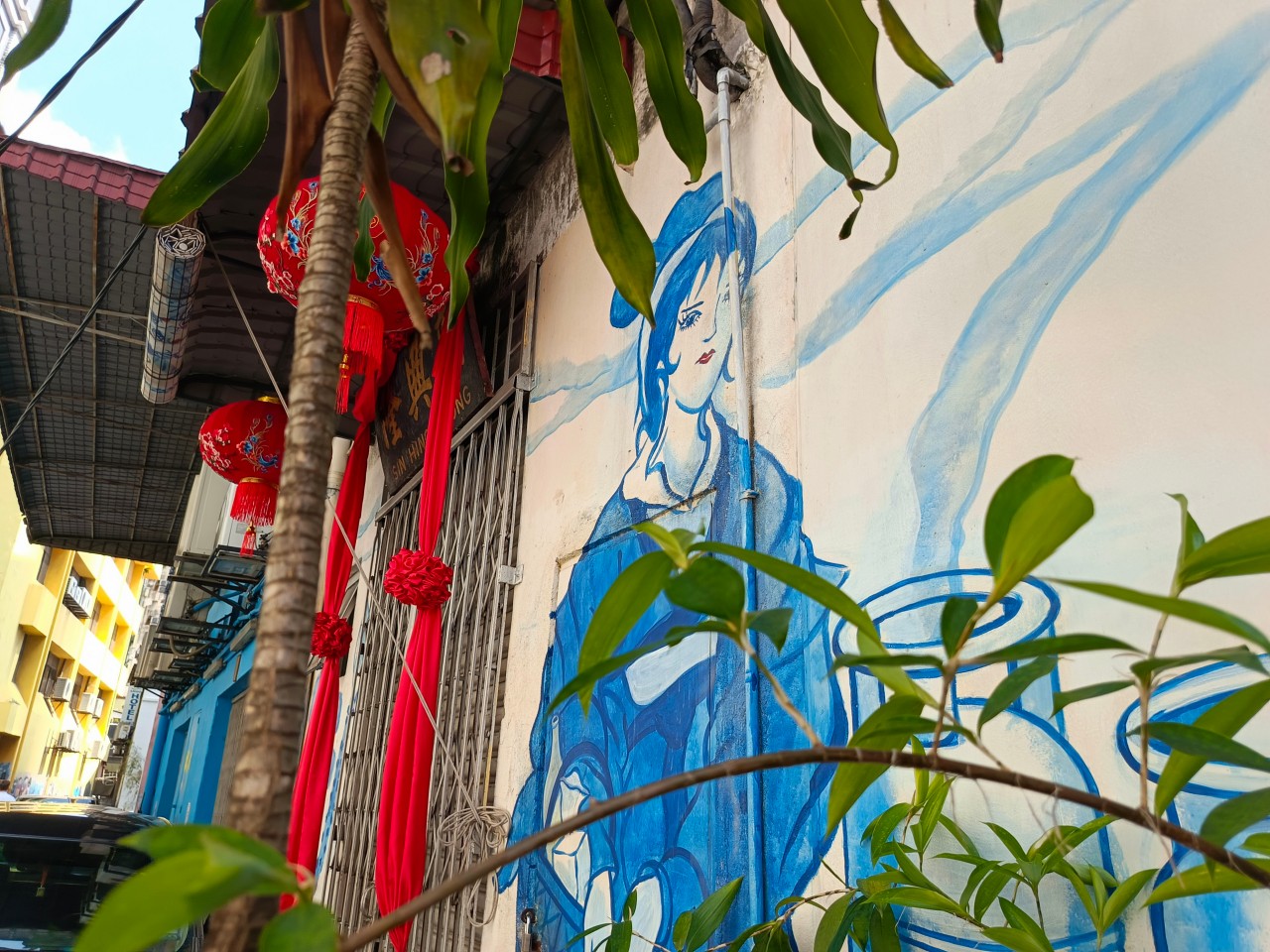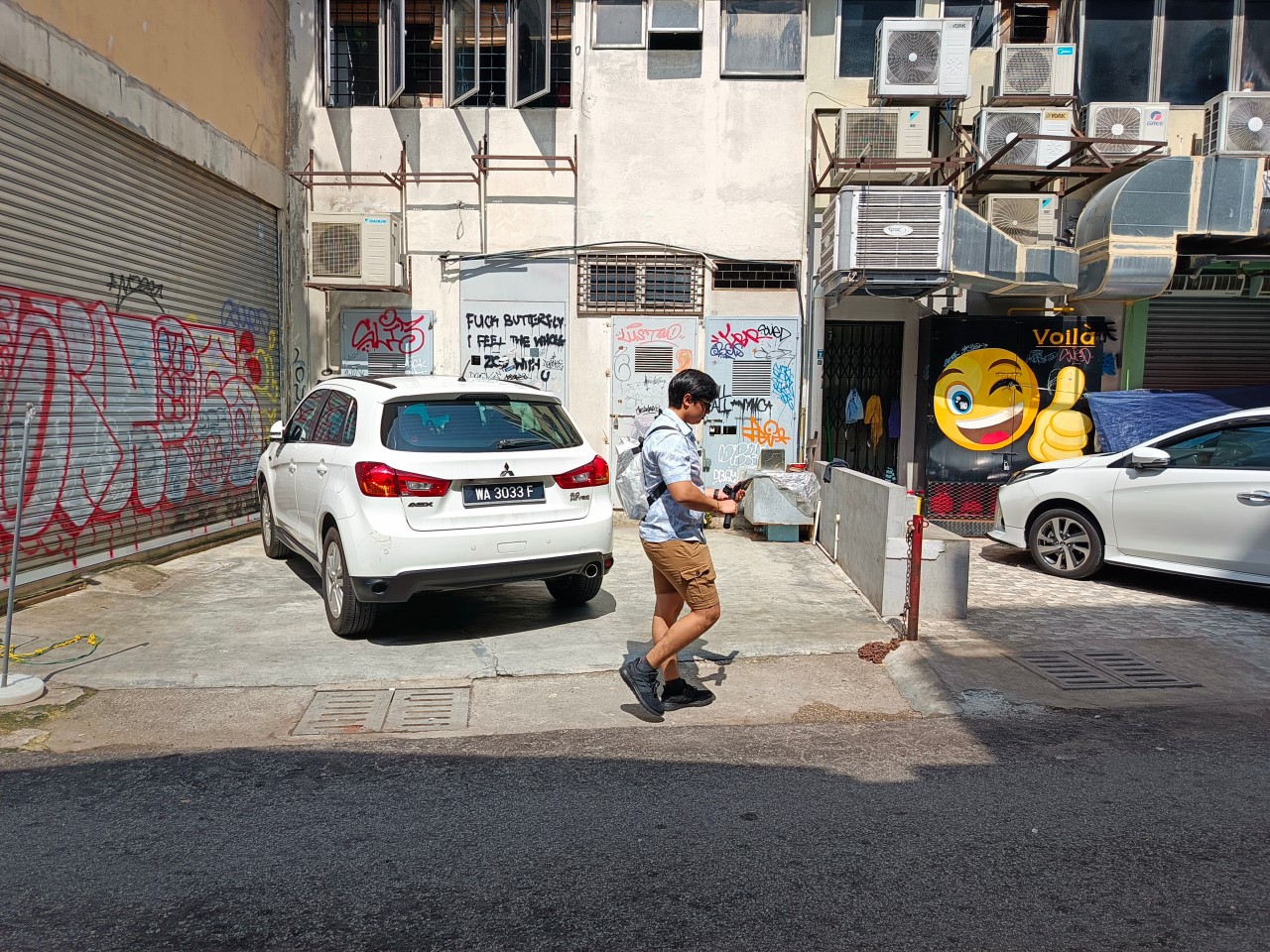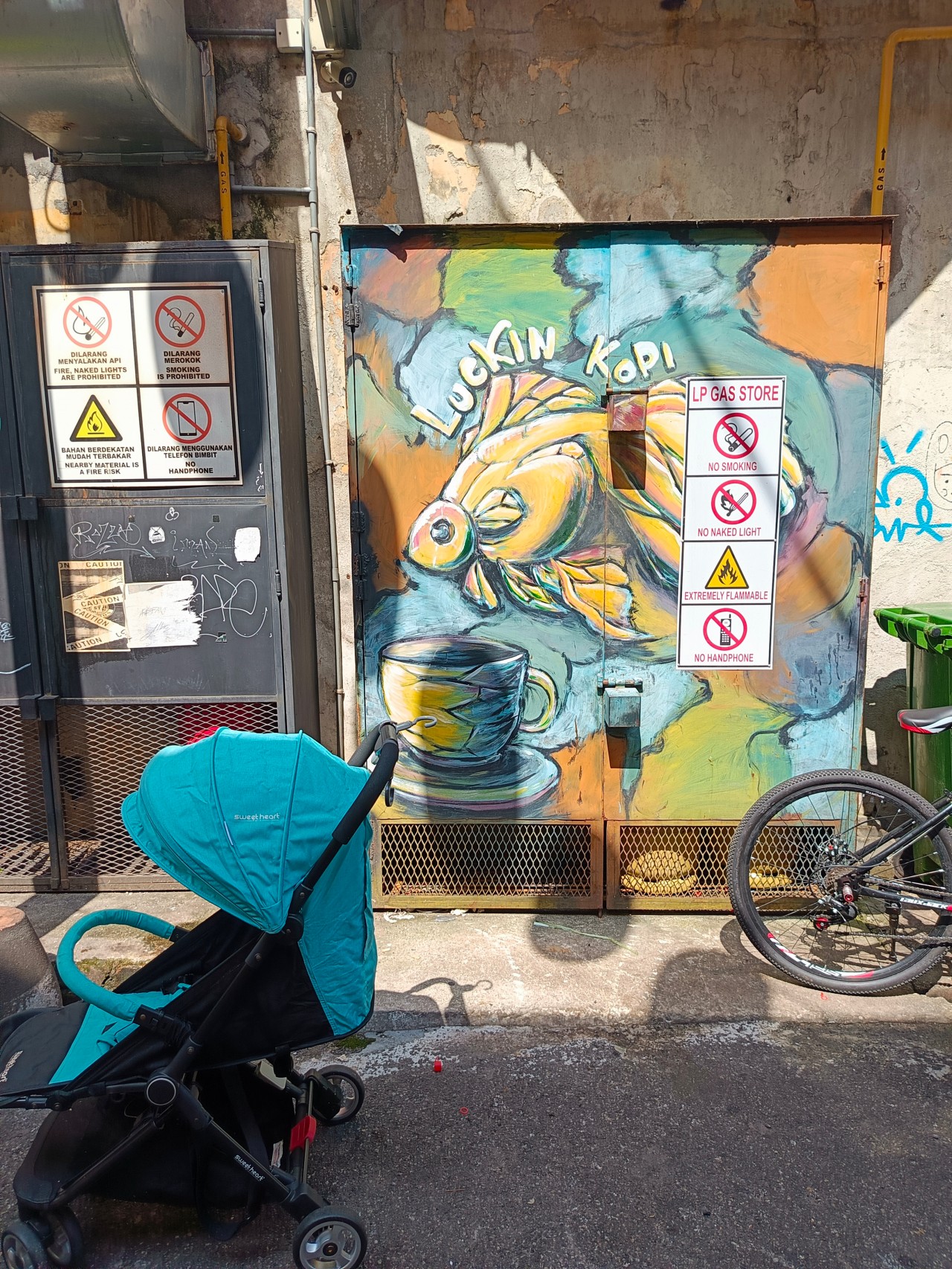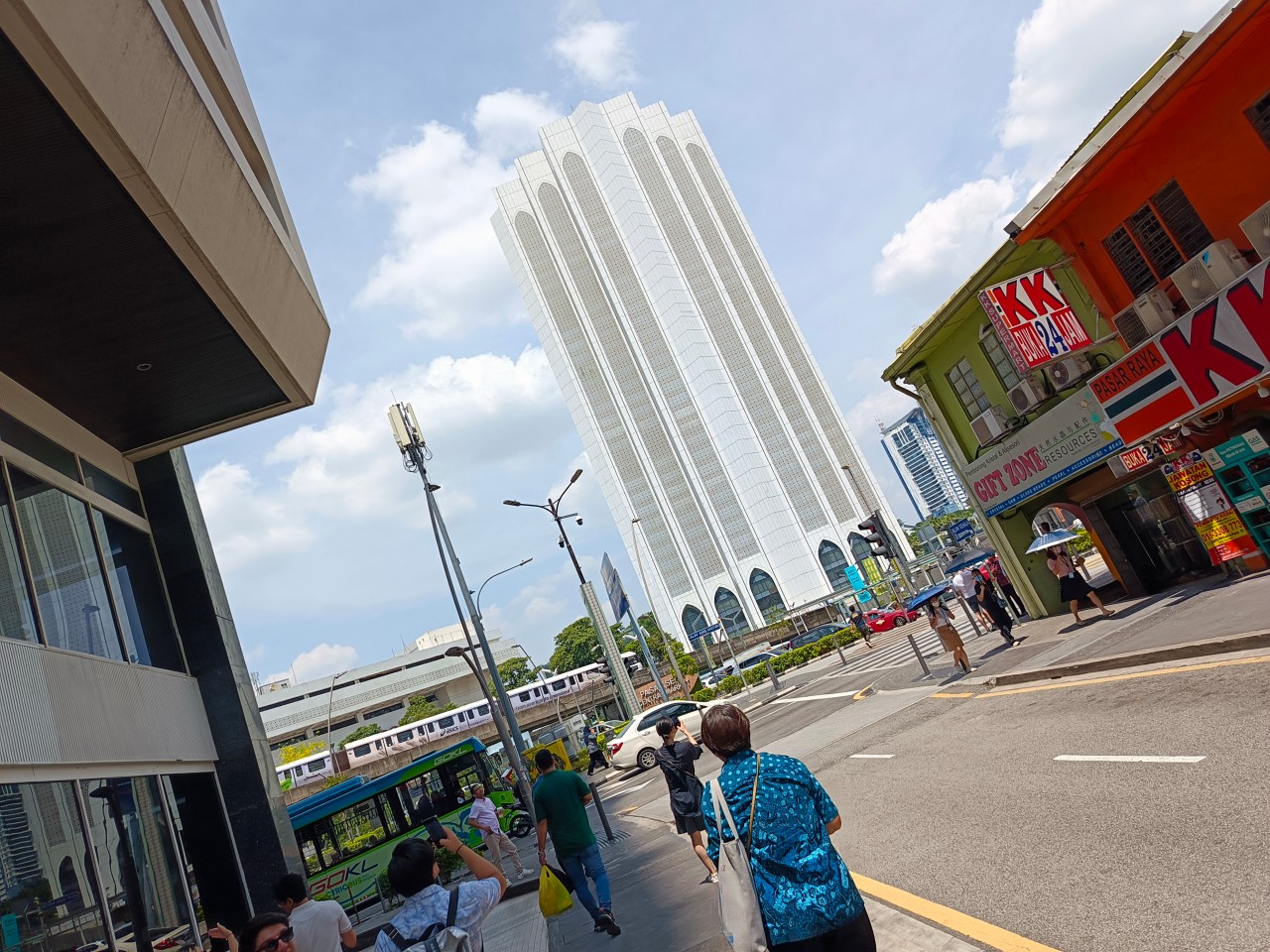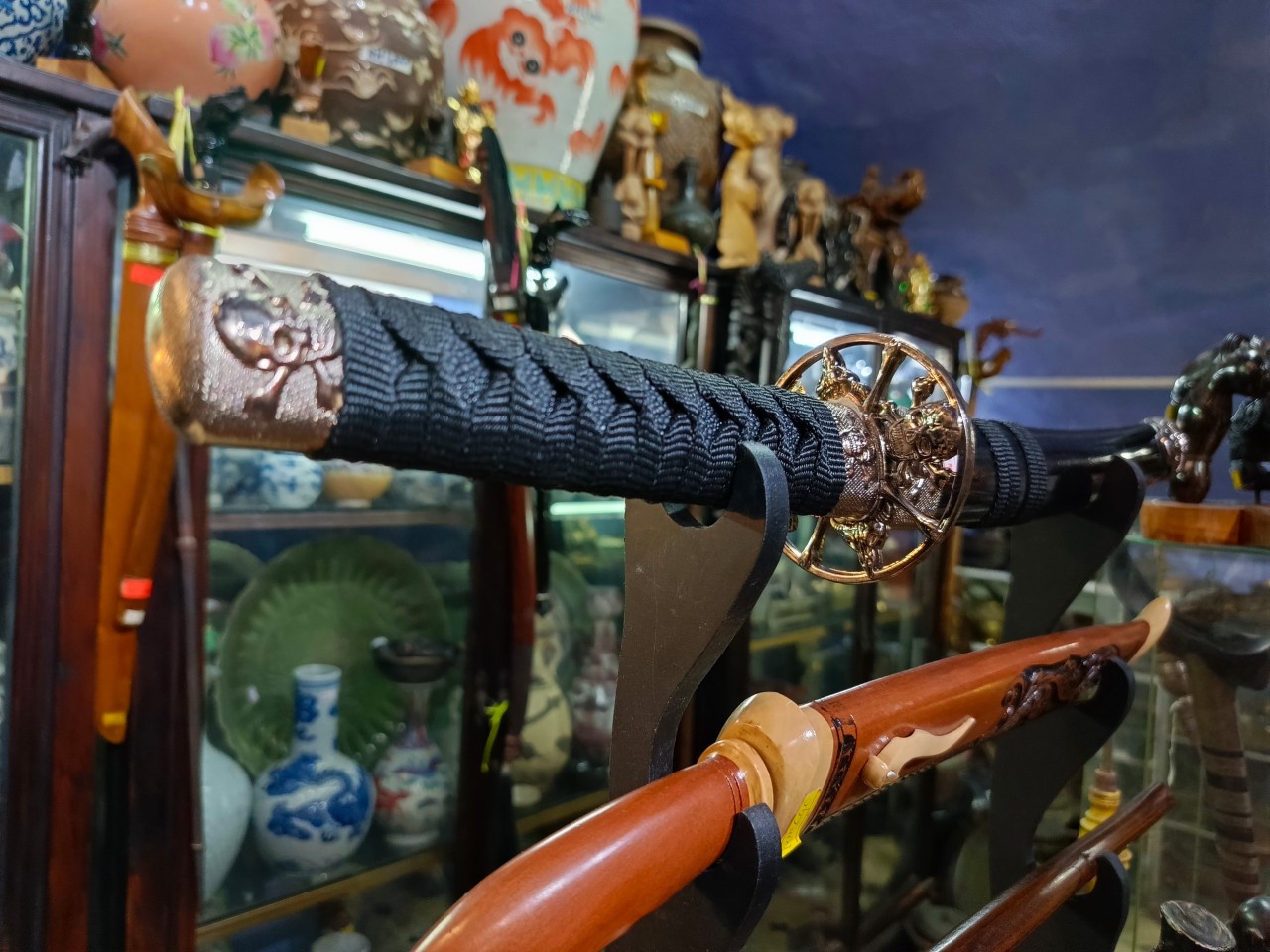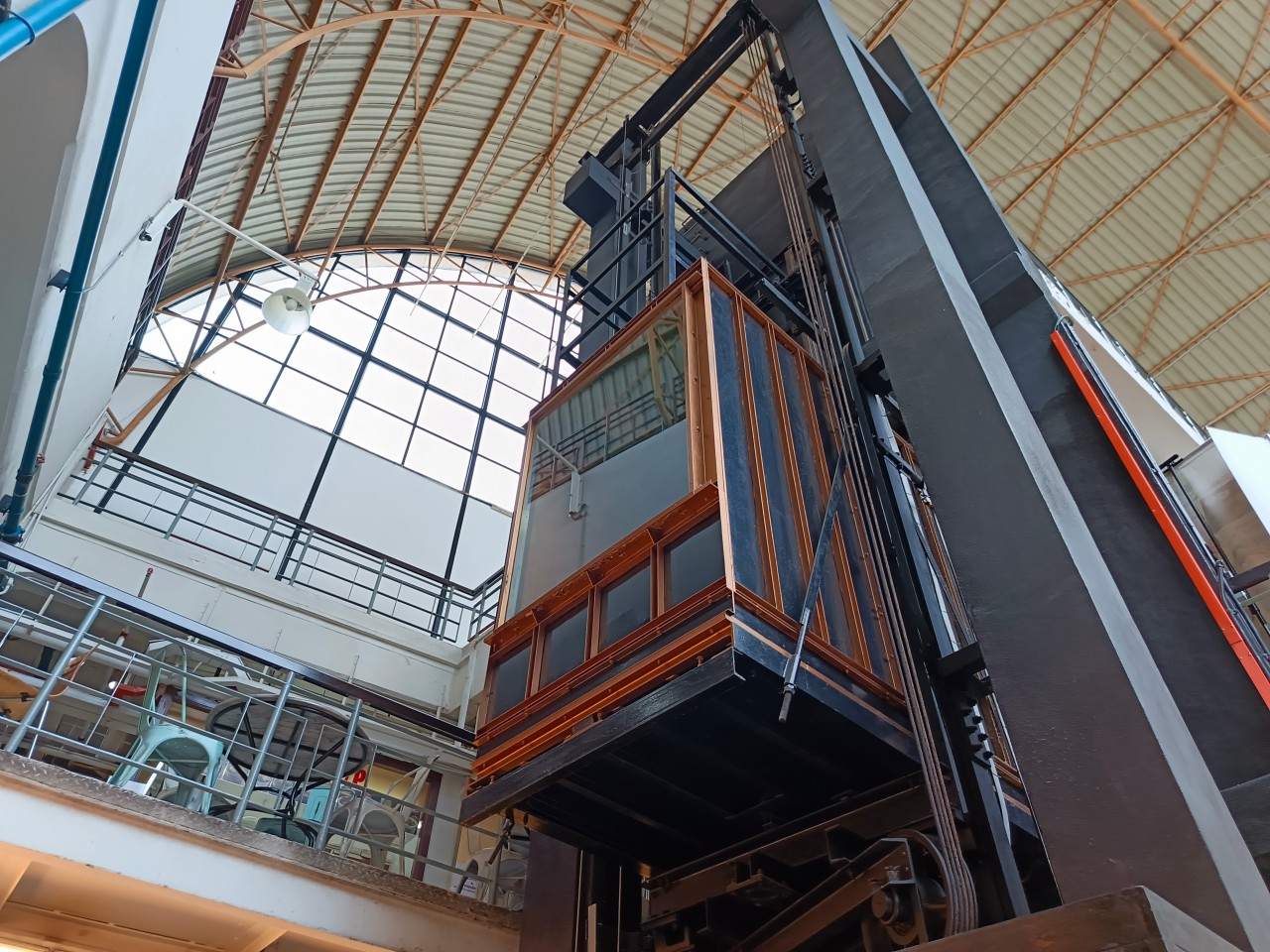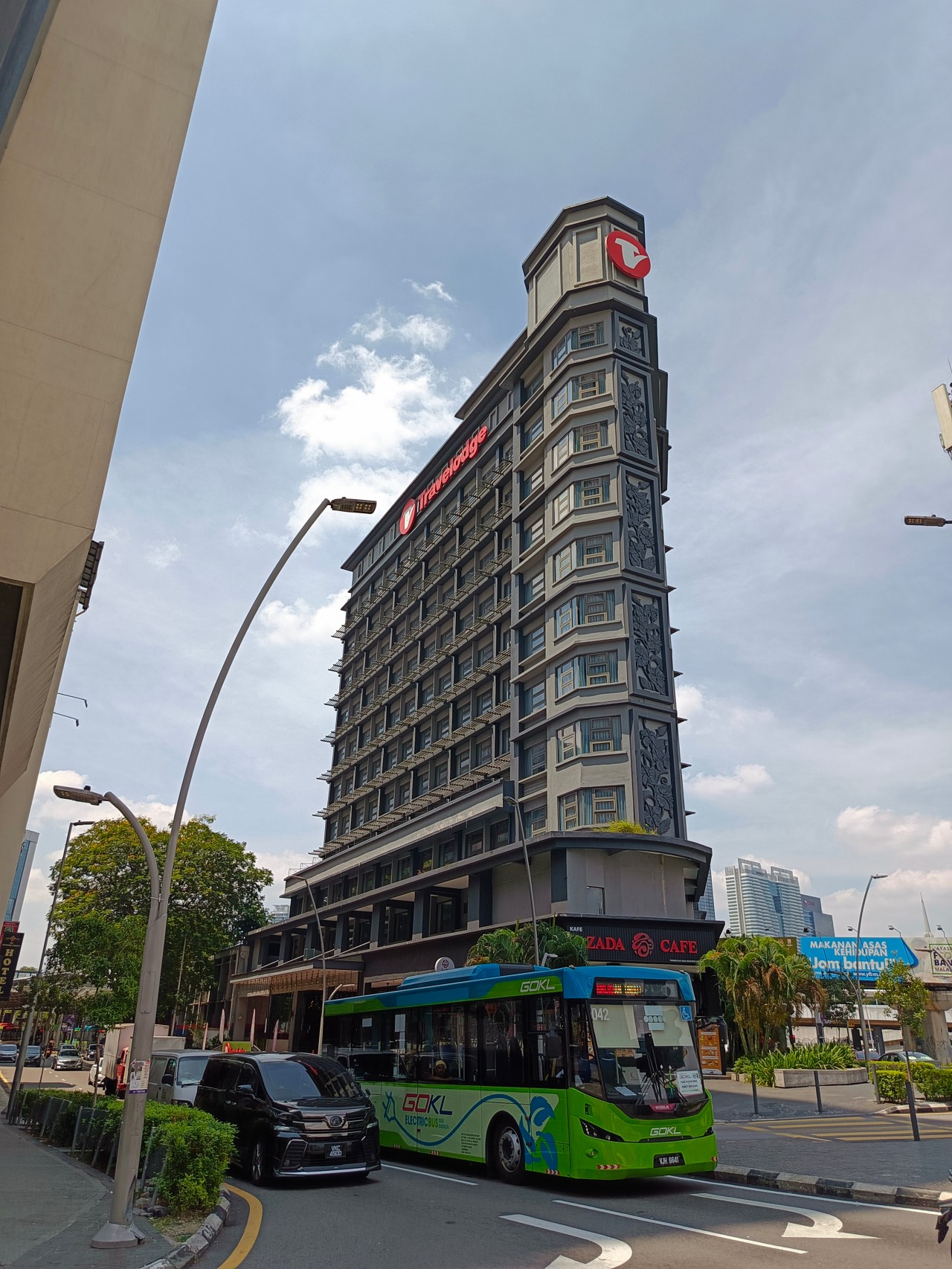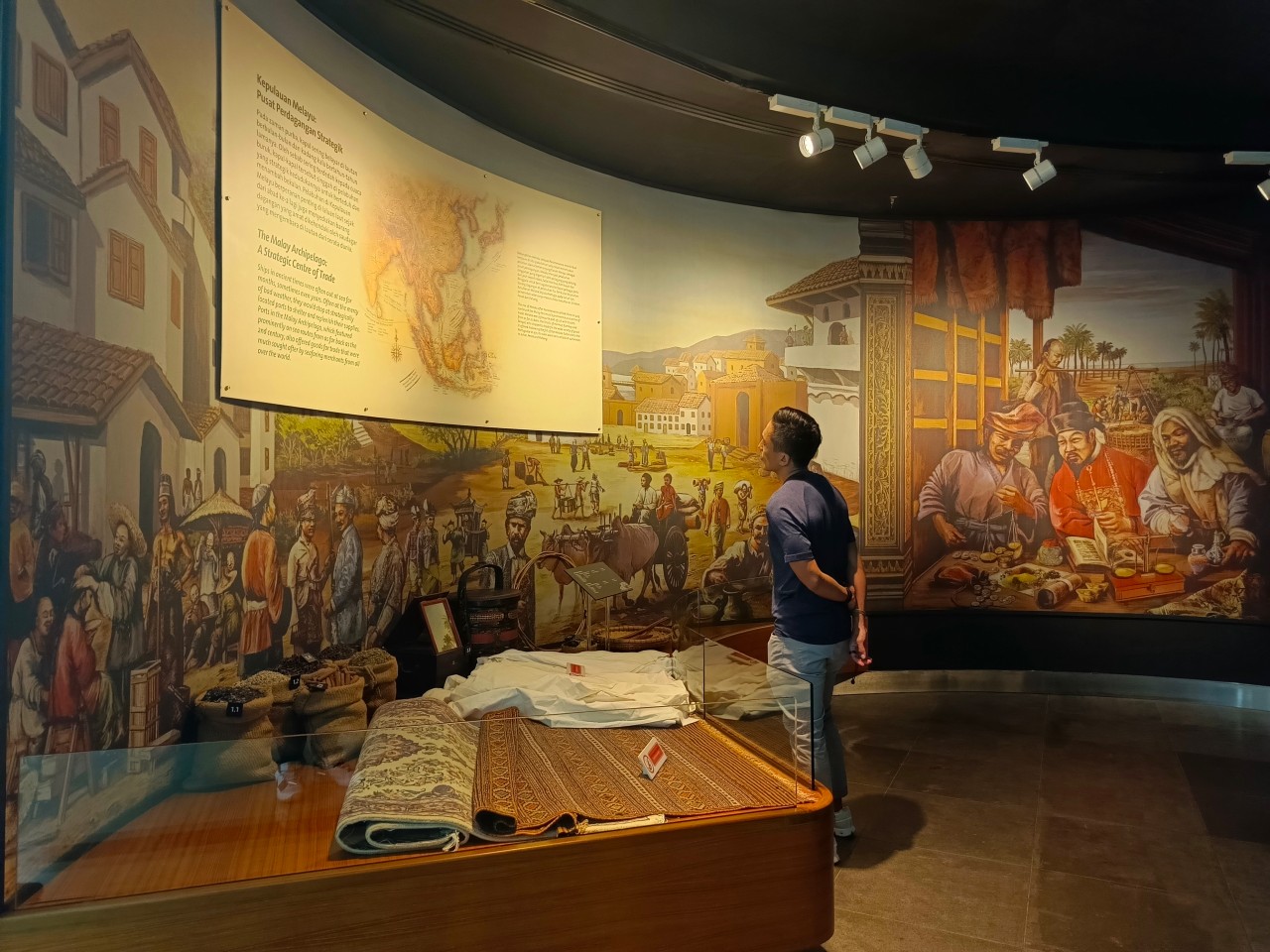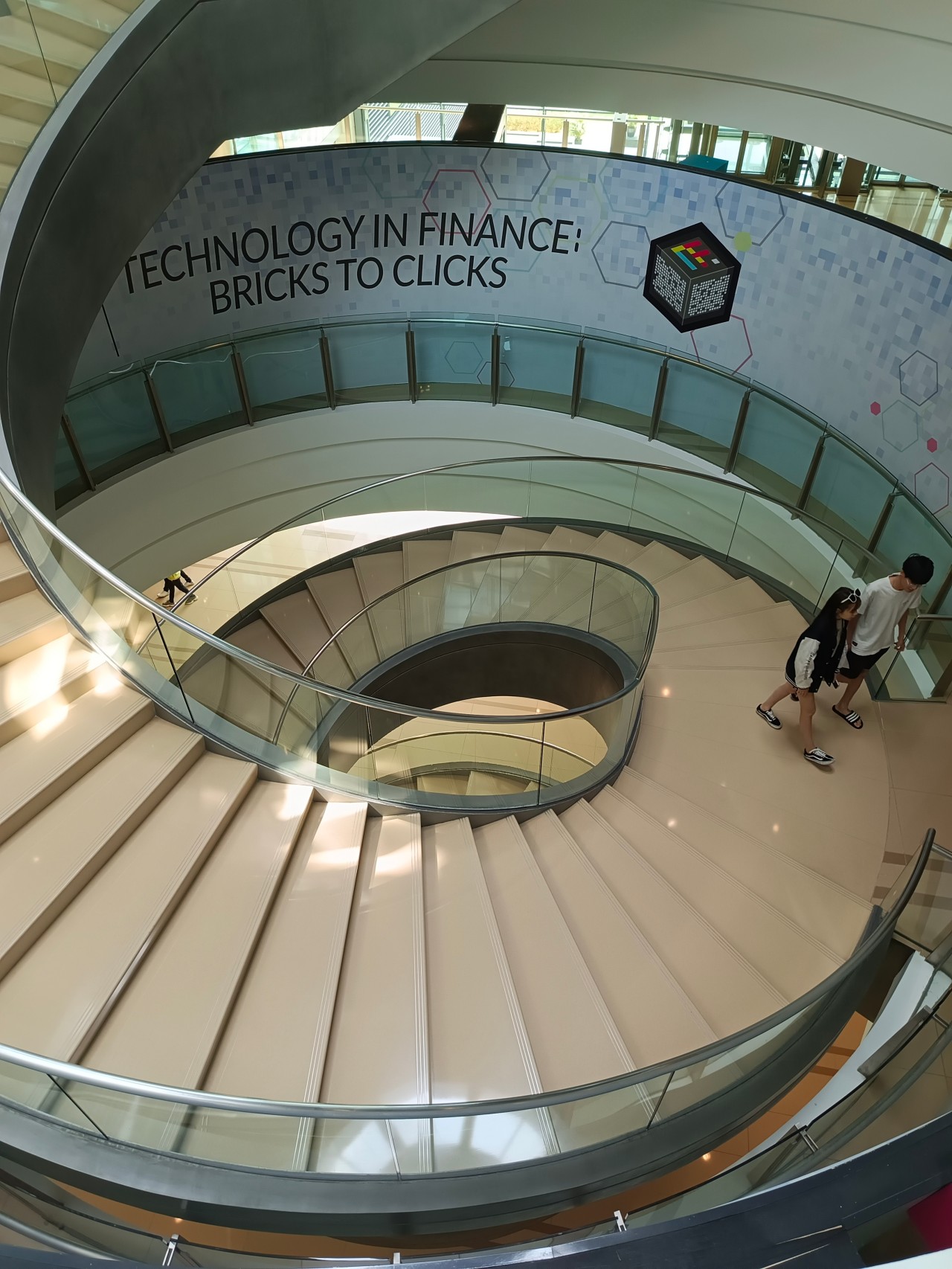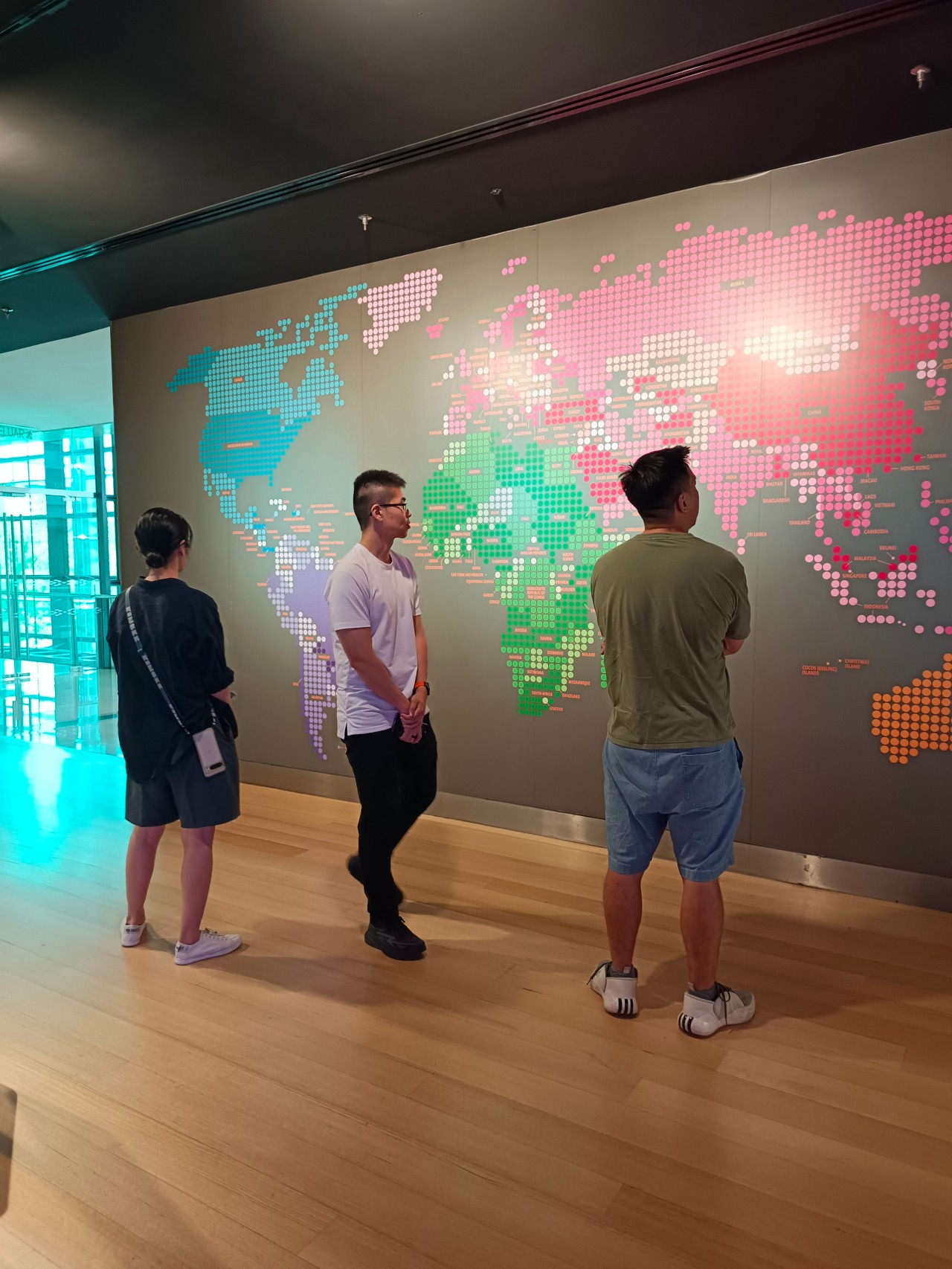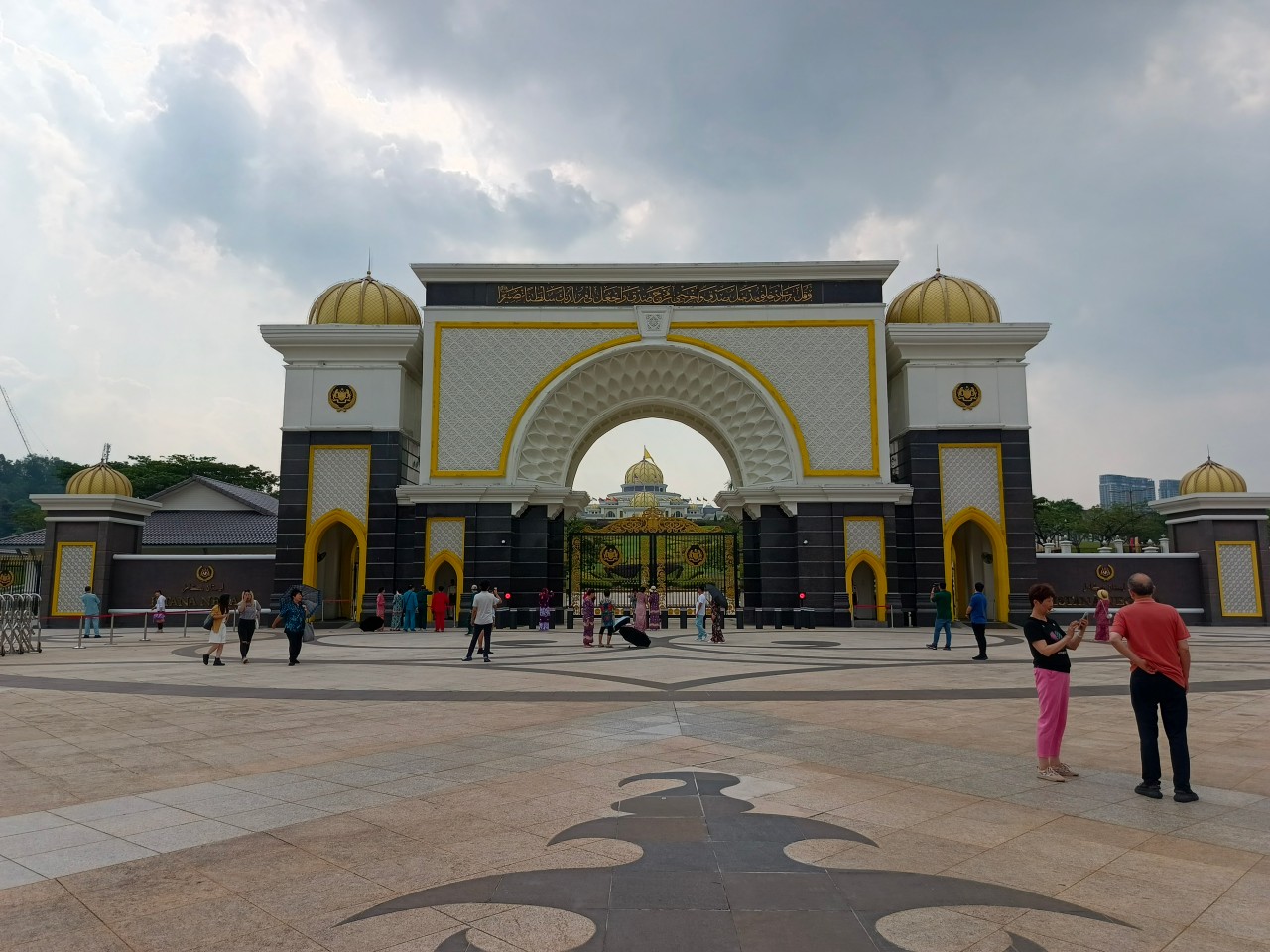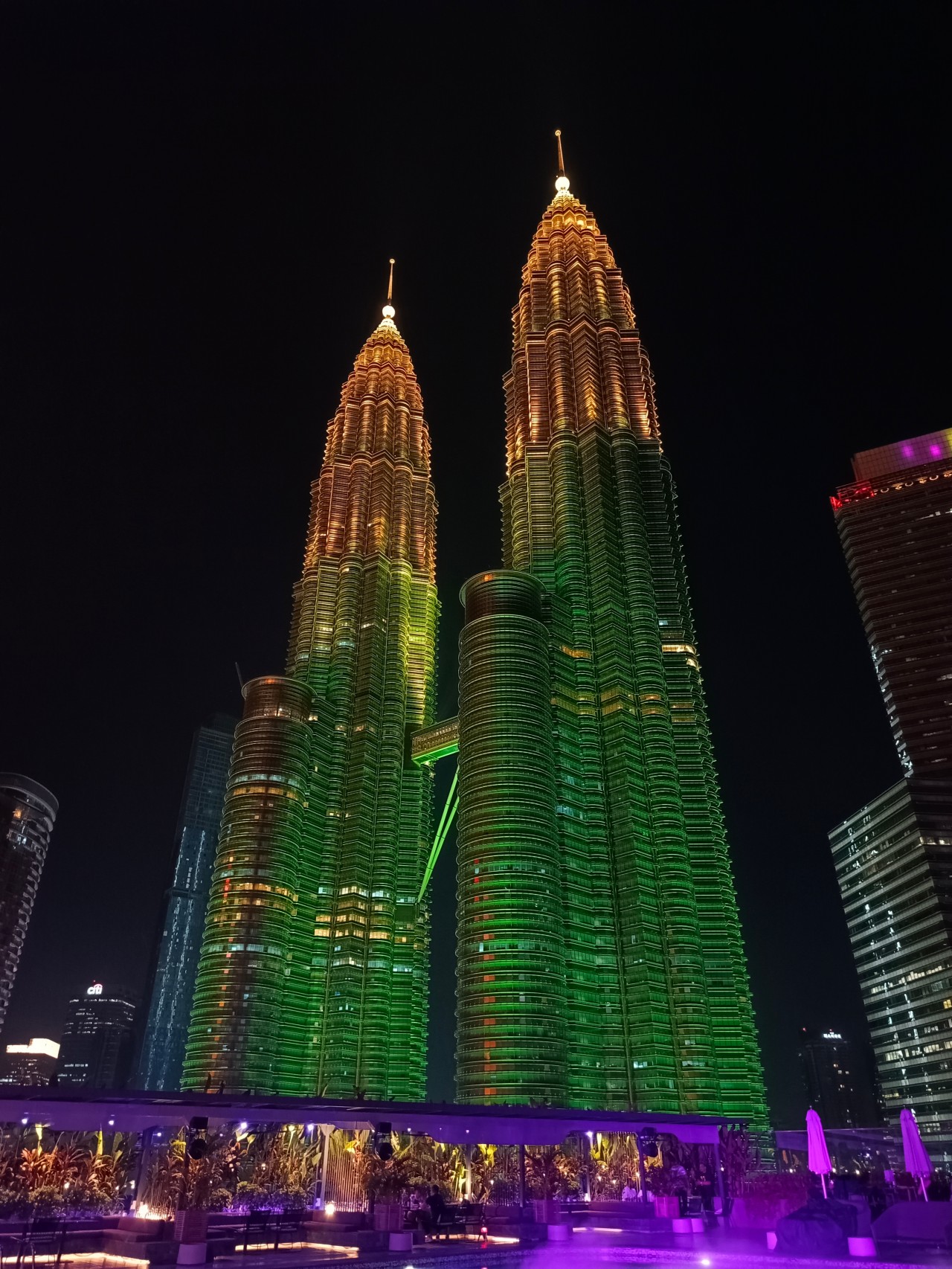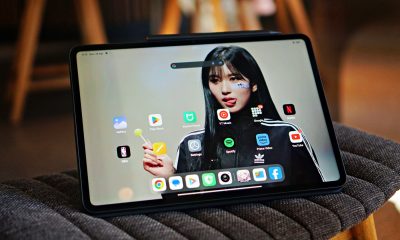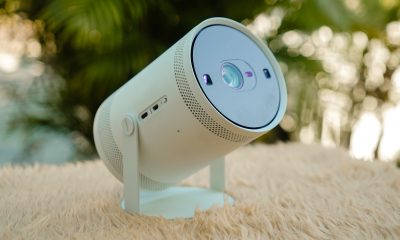
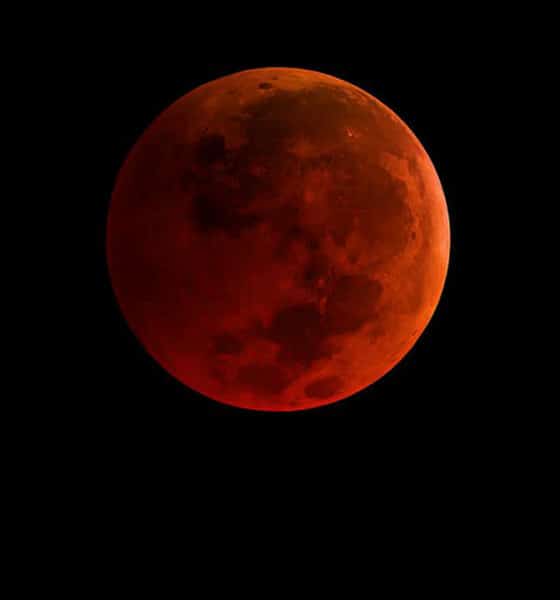
Features
Super Blue Blood Moon 2018 and the tech you need to capture it
January 31 brings a lunar trifecta: Everything you need to know!
A once in lifetime event is happening on January 31st.
It’s a called the Super Blue Blood Moon eclipse — a total lunar eclipse (Blood Moon) happening on the second full moon of the month (Blue Moon), at the time when the moon is closest and looks largest (Super Moon).
A total phase of darkness during this amazing lunar eclipse will be visible in Asia, Australia, North East Europe, Russia, parts of the US, the Indian Ocean, and the Pacific, and will last up to 1 hour and 16 minutes.
The Philippines and Singapore will get a whopping 5 hours and 17 minutes from start to finish of this once in a lifetime lunar trifecta spectacle. India, on the other hand, will see only parts of the entire show since it begins before the moon peeks over the horizon. But this will not dramatically impact the fun as the phase of total darkness starts just about when the moon rises. This should make for particular outstanding effects.
But why is this event so rare?
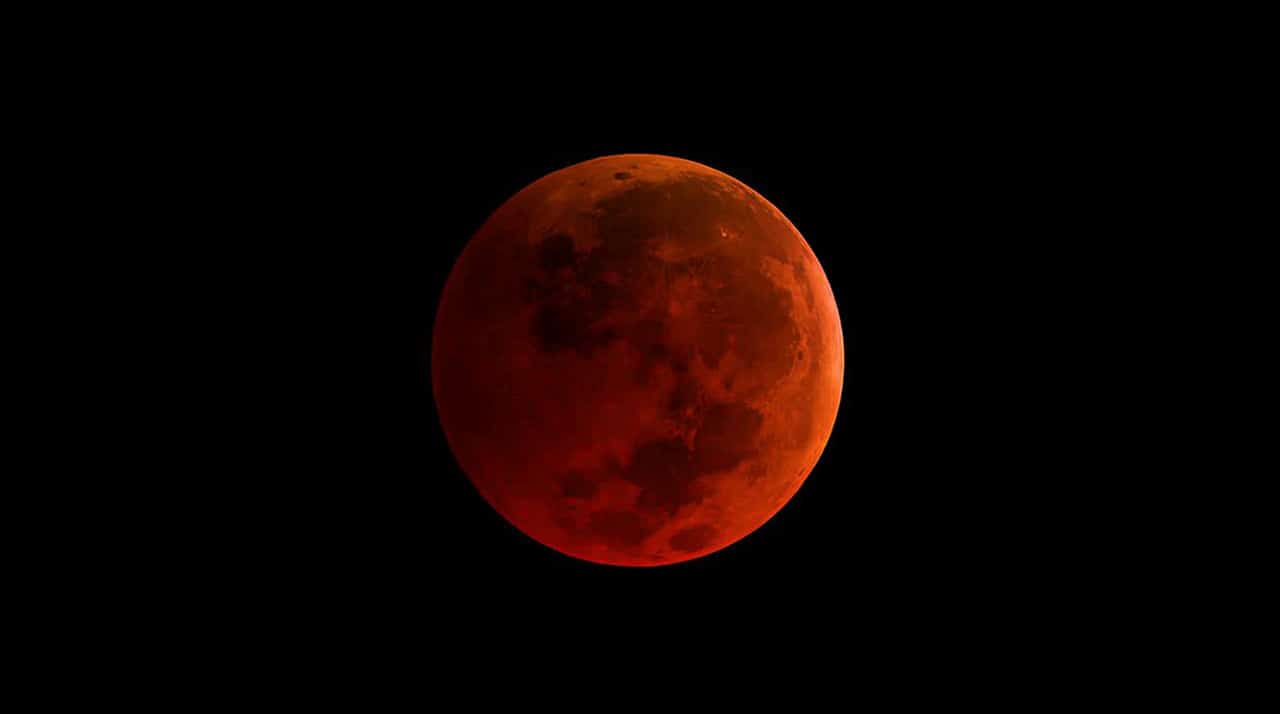 On their own, each of these cosmic events are rare. But for them to happen at the same time, let’s just say we’re super lucky!
On their own, each of these cosmic events are rare. But for them to happen at the same time, let’s just say we’re super lucky!
Not even taking super moons into consideration, a lunar eclipse during a blue moon hasn’t happened for more than 150 years. After this month’s event, the next time you will get a chance to witness a Blue Blood Moon eclipse will be on Dec 31, 2028 and then on Jan 31, 2037 after that.
Let’s get all the terminology sorted out again.
Super full moon
When a full moon happens during a time the moon is closest the Earth, it is called a super full moon. A super full moon can look up to 14 percent bigger and up to 30 percent brighter.
The best time to look for a super moon is right after sunset when the moon tends to appear even larger to the human eye. This is partly what makes this month’s lunar eclipse so special as it happens in Asia right around that time.
Blood Moon
This isn’t an astronomical term at all, but it’s widely used these days. During an eclipse, the Earth blocks all direct sunlight which normally lights the moon’s surface. Indirect sunlight instead casts on the moon’s surface giving it a reddish yellow or orange glow, hence the nickname.
Blue moon
Ever heard about the term “once in a blue moon”? It means something is rare. Blue moons happen once every two to three years. A blue moon is the second full moon in a month with two full moons.
How to document the experience
Now that we’ve gotten you all excited, how do you make sure you take great photos and videos of this once in a lifetime event?
First thing’s first: A camera! Your best bet is if you own any good interchangeable lens camera and a super telephoto lens (the higher the number the better). The most widely available super telephoto lenses are usually available in 400mm, 500mm, and 600mm options. To get even further, secure a teleconverter lens. A 2x teleconverter will double your ability to get in closer.
Normally when you’re shooting a photo of the night sky, you’ll want a long exposure, but not in this case as you’re photographing a ball of light. Shoot as you would during the day. Shoot at ISO 100 or 200, at a wide aperture (around f/11) and with a fast shutter speed (1/250 or 1/125).
Alternatively, if you prefer to shoot with your smartphone — you’re better off with a smartphone that has optical zoom. The iPhone 7 Plus and 8 Plus, iPhone X, and Galaxy Note 8 for example all have 2x optical zoom. But to get even closer, you’ll need a clip-on lens that can mimic what a super telephone lens can do for a DSLR.
Moment makes plenty of solid lens clips for a variety of smartphone models including a Tele Lens. Aukey has a clip on lens that provides 10x optical zoom. And if you want to get real crazy, there’s a company called Goliton that makes a clip-on that gets you to 80x. When using your smartphone, you may want to manually control the exposure by focusing on the moon, then dragging down the exposure controls if it appears too bright.
Regardless of what gear to get, make sure you’re using a tripod for the steadiest shot possible. If you’e using a smartphone, get a JOBY GripTight GorillaPod Stand, or the Manfrotto Stand for Universal Cellphone. To further avoid camera shake, set the camera to time mode.
When can you see it?
In case you won’t get the chance to go out to see it or the sky will be covered by clouds, NASA will live stream the eclipse. NASA coverage will start at 6:30 p.m. on January 31, 2018 (Singapore Time).
If Mother Nature allows for clear skies, here are Super Blue Blood Moon Eclipse time details for January 31.
Singapore and the Philippines:
Duration of Totality: 1 hour and 16 minutes
Eclipse Begins: 7:48 p.m.
Enters Totality: 8:51 p.m.
Reaches Maximum Totality: 9:29 p.m.
Exits Totality: 10:07 p.m.
Eclipse Ends: 11:11 p.m.
India (Mumbai):
Duration of Totality: 1 hour and 10 minutes
Moon rises at 6:27 p.m. (begins before moon is above horizon)
Reaches Maximum Totality: 6:59 p.m.
Exits Totality: 7:37 p.m.
Eclipse Ends: 8:41 p.m.


In case you’re wondering, it’s pronounced /pyu-ra/. And it’s more than just a name change. All four models of the Pura 70 series come with a set of cameras that will make your jaw drop. Though it’s not the most impressive Ultra, the Huawei Pura 70 Pro is still capable of shooting breathtaking photos all by itself.
Arranged like a hidden Mickey, the Pura 70 Pro’s camera island features a triple threat of cameras, highlighted by a vastly improved telephoto lens when compared to the regular model.
- 50-megapixel f/1.4-4.0 25mm main
- 48-megapixel f/2.1 93mm 3.5x optical telephoto
- 5-megapixel f/2.2 13mm ultrawide
A Huawei-filled stay in China
While there are different brands operating in the region, Shenzhen is a much bigger playground for Huawei. The brand maintains multiple flagship stores and a sprawling campus there.
Our first stop was the first global flagship store for Huawei. The building features a huge central area, a lineup of cars, and, of course, spots to try the brand’s latest innovations.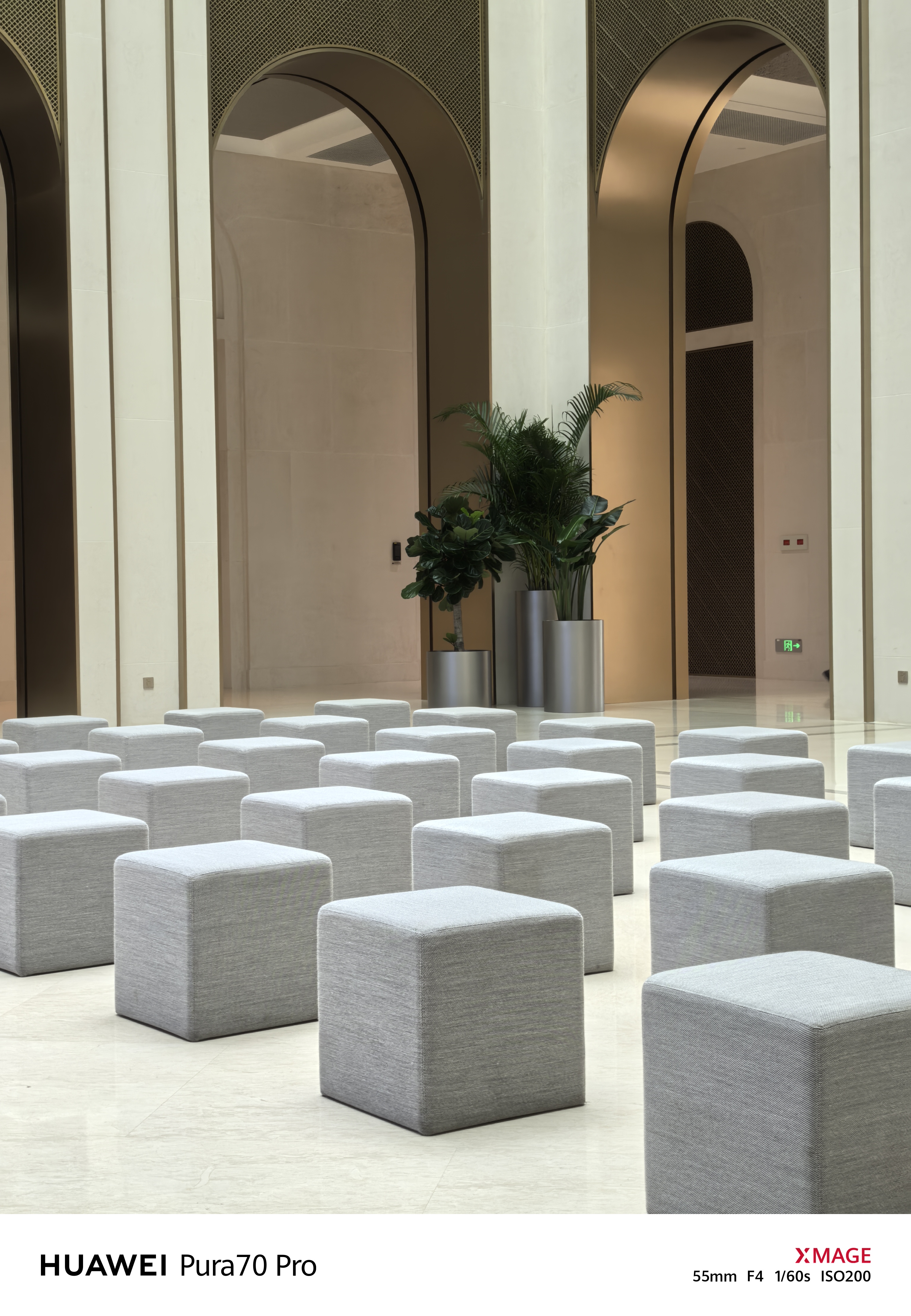
As you’ve probably read from our first impressions, one of the most iconic demonstrations during the entire trip was of a spinning picture disc of a surfer frozen in time by the Pura 70 Pro’s Snapshot mode.
Mixing it up at MixC
While the previous store was impressive, it didn’t show just how popular Huawei was in China. Luckily, our next stop was in the center of a sprawling shopping center called MixC. This location had lots of cafes and shops nearby.
The branch itself features a 24-hour vending machine, a stage for lessons on how to use Huawei’s products, a smart home demonstration, and a third floor for aftermarket solutions (or even just to chill). Take a peep at how many people are in the store to try out Huawei.
Being in the middle of the city, it was also the perfect spot to try out the smartphone’s impressive zooming capabilities. Zooming into the city’s buildings, the camera captured far-away balconies to virtual perfection.
A little bit of nightlife
Speaking of the city, what would a trip be without some local nightlife? Early in the night is filled with commuters going home, night vendors peddling their wares, and lots of motorcycles.
Though the city sleeps earlier than more bustling metropolises, Shenzhen’s late night still makes for some subdued scenes and gentle nightscapes.
Oh, and how about some astrophotography?
Huawei’s campus or a European wonderland?
The next day, we went to Huawei’s massive headquarters in Shenzhen. Now, to call it “massive” is still an understatement. Supported by its own transit system, the campus features multiple “regions” inspired by architecture from different European countries.
Oh, and in case you missed it, yes, it has its own train. Excuse us; it’s time to head to Hogwarts.
There’s a big lake that boats can pass through. And, if you’re lucky enough, you might be able to spot a few black swans swimming around.
Goodbye, China
Unfortunately, all good trips must come to an end. We’re not saying goodbye until we use the Pura 70 Pro up, up in the air, though.
How impressive can a camera get?
A few years ago, I used the Huawei P20 Pro as my daily driver. Since then, I’ve moved on to the Google Pixel 6, a capable shooter in its own right. However, the Pura 70 Pro just made me fall in love with smartphone photography — nay, photography, in general — all over again.
The camera is just a beast in most shooting conditions. Plus, the AI-based enhancement is the cherry on top. Because the enhancements take a second, you can quickly see a before-and-after comparison. Some adjustments are minute, but they’re all substantial enough to make all the difference. Plus, you can barely notice the manipulation.
Okay, granted: it’s not perfect. There are some shots where the AI enhancement is more blatant. It also favors warmer hues in some conditions. But overall, it’s an amazing camera that I’m having a blast experimenting with.

We are fans of what ASUS did with their latest dual screen offering — the ASUS Zenbook DUO 2024. The Zenbook Duo isn’t exactly new. ASUS has been adding extra screens to their laptops whenever they can — but never quite like this.
You see, ASUS managed to put a literal second display but still make it compact enough to fit most bags with provision for 14-inch laptops. As cliché as it sounds, the Zenbook DUO 2024 is an engineering marvel.
However, it’s more than just a gimmick. In our review, we noted how the form factor lent to a slight boost in productivity despite us not maximizing the product just yet. With that, let us share with you our favorite things about the ASUS Zenbook DUO 2024.
A unique mode for every scenario
A built-in, sturdy kick-stand unlocks the many possibilities available to the Zenbook DUO 2024. Some of the modes are: Laptop, Dual Screen, Desktop, and Sharing.
Each one lends itself nicely to different work and media consumption scenarios. Don’t feel like showing off? Keep things discreet and save some battery life with laptop mode.
Need two screens? Switch to either Dual Screen or Desktop mode to take advantage of more screen real estate.
Presenting something to someone across the table? Sharing mode lays the laptop flat allowing for easier viewing.
The ability to morph to different modes depending on your needs is astounding. The best thing is that it is both functional and can serve as an ice breaker.
Oh and we’ll never tire of sharing how the Desktop mode is perfect for watching two K-Pop fancams at the same time.
Screen Xpert for the dual displays
This form factor won’t work without the right software support backing it. To that end, ASUS made Screen Xpert. What it does is essentially let you adjust the layout of the apps according to your needs.
You can have up to four (4) apps live viewed at the same time. For our part, we usually only divided the screen to two, using one to reference a review guide or press release while writing news articles and/or reviews.
But if you’re monitoring certain things, this will be pretty helpful having multiple windows laid out right away to get a quick overview of things is a godsend.
The best thing is that a lot of these functions work intuitively. There’s a single button you can press to easily switch what’s displayed on the two screens.
If you want more granular control, you can have the Screen Xpert floating bar ready at your disposal. Here you can control the brightness level of each screen individually. You also have the ability to change the orientation of each screen to your liking.
There are also App Switcher and App Navigator functions to give you a better, more seamless way to layout the apps you use so that it’s most efficient for your needs.
AI, Copilot, and more
Something we didn’t mention much in the review is how the laptop is built with the AI age in mind. Powered by Intel Core Ultra 7 155-H, this thing is equipped with an NPU chip to aid in on-device AI tasks.
There’s stuff that happens in the background like making sure the AI-related tasks are processed with the NPU while the main CPU handles the rest. In the simplest terms, the Intel Core Ultra 7 is smart enough to delegate a task to the chip that will best execute it. That results in a more optimized overall performance.
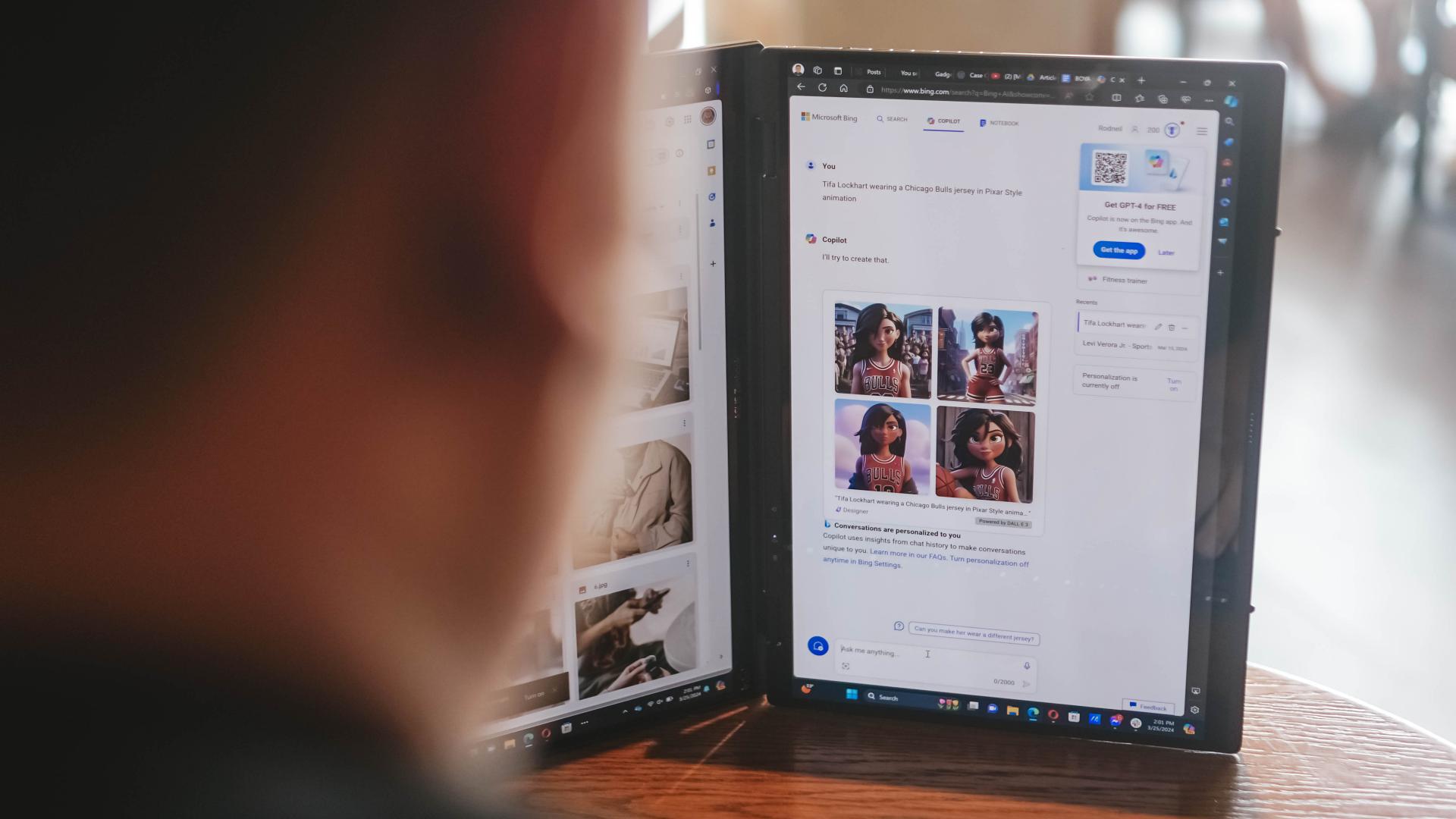
Copilot is one of the biggest AI additions to any Windows machine. The possibilities are close to limitless. For our part, we’ve only really played around with Copilot Designer. But there’s so much more that you can do with it. Just remember to always check the results. Every AI output still needs a human touch.
AI is also present in other functions like noise cancellation and the camera. AI Noise Cancellation makes sure you can hear and be heard no matter what scenario you’re in. It’s perfect for remote workers who do not exactly have control over their immediate surroundings.
Meanwhile, AiSense Camera works not only as a Full HD IR camera. It also automatically detects the lighting levels in your environment and adjusts brightness levels accordingly. You also get functions like auto-framing and background blur. Lastly, there’s the slightly creepy Eye Contact feature that locks your gaze to the camera. It can be a bit disorienting so maybe pick the occasions when you’ll use it.
GlideX
Working beyond this dual screen laptop? ASUS also made sure to equip the Zenbook DUO 2024 with software that makes adding even more screens a no-sweat task.
With GlideX you can easily connect your Zenbook DUO 2024 with smartphones, tablets, or even another PC. Even better, it’ll give you the option to control everything from a single device.
DUO more
For a first-of-its-kind device, the ASUS Zenbook DUO 2024 is pretty darn polished. That’s thanks largely to the company experimenting with dual screens long before releasing this dual screen machine.
The Zenbook DUO 2024 literally lets you do more, providing options for flexibility that will help you optimize your workflow so you can finish your tasks more efficiently. This is more than just a gimmick device, it’s actually helpful and that’s because ASUS took the time to fit it with the proper software support.
More on the ASUS Zenbook DUO 2024 here.
This feature is a collaboration between GadgetMatch and ASUS Philippines.
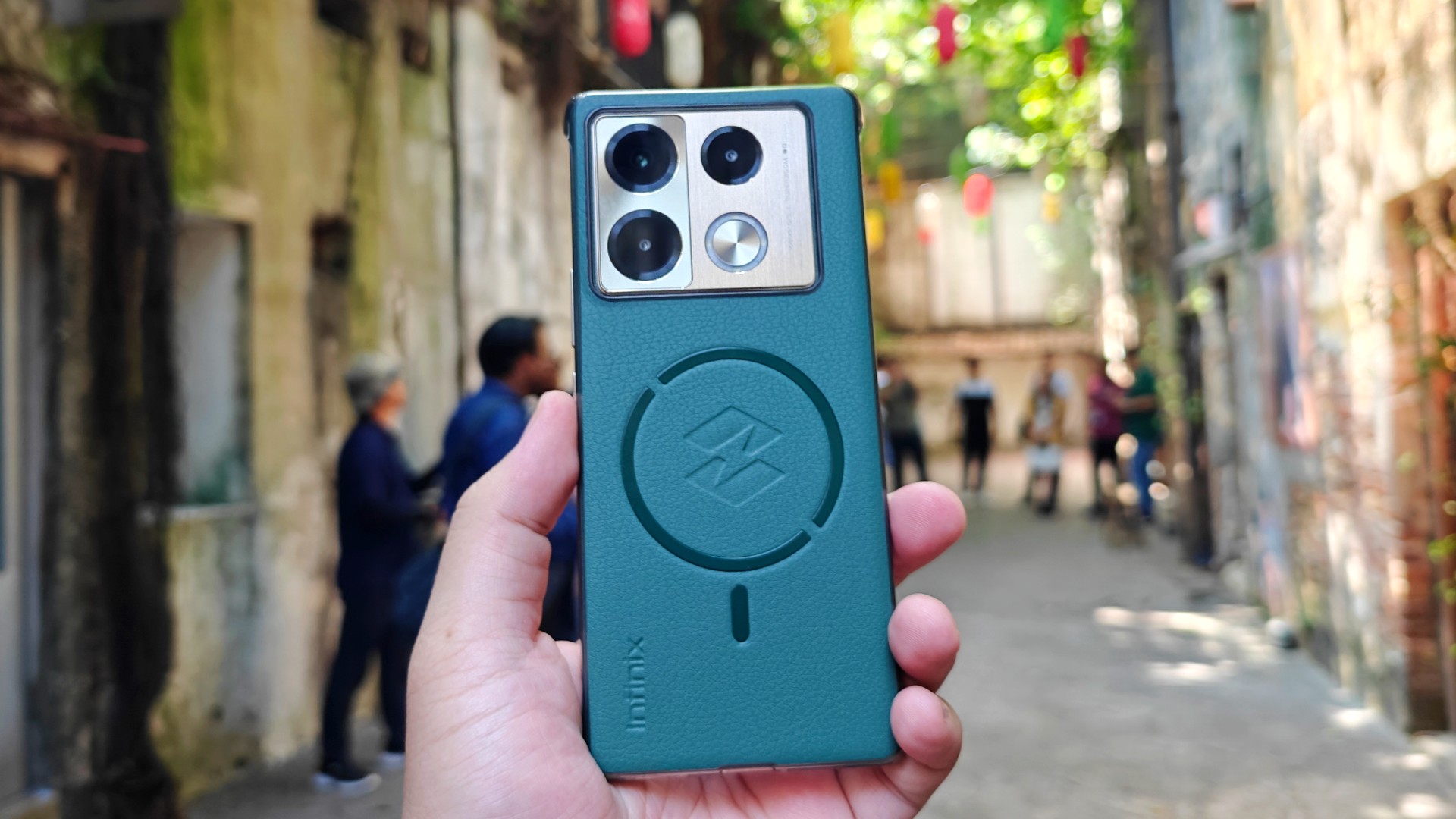
The Infinix Note 40 Pro+ 5G prides itself in its charging technologies. But what about its camera capabilities? Well, here’s a quick round-up of the many photos we took around the time the Note 40 series was launched in Kuala Lumpur Malaysia.
The NOTE 40 Series features a 108MP main shooter with 3x Lossless Superzoom. It also has OIS for steadier shots when taking videos.
The edits applied to the photos here only some resizing and cropping to make the page easier to load. Take a look at all these sample shots
Infinix Note 40 Pro series launch day
Kwai Chai Hong/ ‘Little Ghost Lane’
Petaling Street (Chinatown)
In and around Central Market
Bank Negara Malaysia Museum and Art Gallery
Istana Negara entrance
Merdeka Square
Malaysian Bak Kut Teh and more
Petronas Twin Towers at night
Steady shooter
The Infinix Note 40 Pro+ 5G isn’t a stellar shooter. But at its price point, it’s pretty darn decent for capturing different scenarios. Take these photos into some editing software and you can certainly elevate their look.
The NOTE 40 Pro+ 5G is priced at PhP 13,999. It may be purchased through Infinix’s Lazada, Shopee, and TikTok Shop platforms, where customers can get up to PhP 2,000 off. Additionally, the first 100 buyers can get an S1 smartwatch or XE23 earphones. Alternatively, customers may opt for the Shopee-exclusive NOTE 40 Pro (4G variant) for PhP 10,999.
-

 Reviews1 week ago
Reviews1 week agorealme 12 5G review: It was enchanting to meet you
-

 Reviews4 days ago
Reviews4 days agoOnePlus 12R review: Making sense of OnePlus’ latest flagship
-

 Buyer's Guide2 weeks ago
Buyer's Guide2 weeks ago2024 Samsung TV: Buyer’s Guide
-

 Reviews2 weeks ago
Reviews2 weeks agoJBL Soundgear Sense review: Make every run magical
-
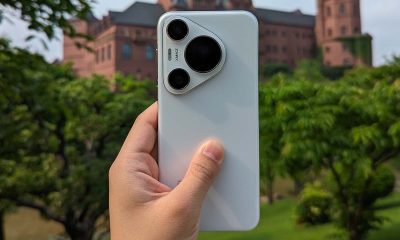
 Smartphones3 days ago
Smartphones3 days agoHuawei Pura 70 Pro Unboxing and First Impressions
-

 Reviews2 weeks ago
Reviews2 weeks agoChallengers review: A thrilling drama wrapped as a tennis anime
-
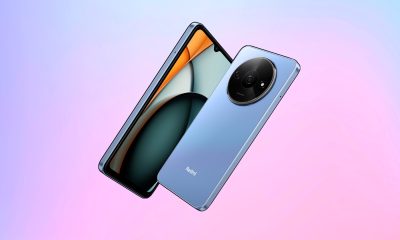
 News1 week ago
News1 week agoXiaomi Redmi A3 Philippine pricing, availability
-
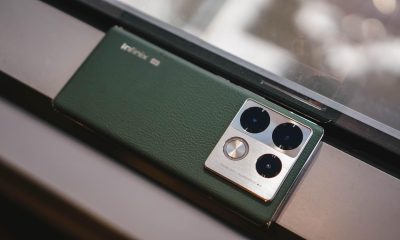
 Smartphones1 week ago
Smartphones1 week agoInfinix NOTE 40 Pro+ 5G: Philippine pricing, availability


